|
*Mashishing to Fugitives Drift Above: we're in our eyrie at Fugitives Drift's Umzinyathi farmhouse as a brooding Isandlwana beckons ... for this landscape in its full colour glory, read on ... Rich in its diversity, this stretch of the road trip encompasses our most emotive moments, welcome soothing doses in the bosom of family, our only significant hiccough and a little piece of prurient trivia. Not necessarily in that order. In fact it was in the first of those soothing family moments that our attention was drawn to the prurient piece of trivial information that became our word or mantra for the entire expedition. The word was/is Mashishing. Yes, it's the name of a significant town and possibly the pothole capital of world. Some locals still prefer to call it Lydenburg. On Monday, January 29 our foursome had started the day in Graskop and were traversing the rather spectacular and pretty decent R533 via Pilgrim's Rest and Robber's Pass with hardly a pothole in sight. Then we came to the T junction at the R36. This is a fairly major trunk road joining Tzaneen to Ermelo via Mashishing. The only road sign at the junction was pointing back along the R533 to Pilgrim's Rest and we'd already done that. There was no other road sign other than a brown informational pointer to "JOEQUES SPORTS BAR & BRAAI AREA" 22km to the right. Our initial instinct was to turn right, which we did, ditheringly. A kilometre or two down the road it just didn't feel right and a U-turn was performed, justifiably, and all thanks to Shan. The notorious potholes materialised and my dear wife steered a slalom course the 74km from there to the Walkersons Estate (near Dullstroom) via Mashishing. My cousin (our Dads, Graham and Woody were brothers), Stuart, had invited us to stay with him at Walkersons. "What's the story about Mashishing vs Lydenburg," I asked Stuart once we'd settled in with a Castle Lite[1]. I pointed out that most of the signage around the town still referred to Lydenburg. And so it came out that the renaming remained controversial despite being in place for 18 years. "There is also the fact that Mashishing, which is supposed to mean 'long green grass', means 'pubic hair[2]' in one of the Northern Sotho dialects," Stuart dropped into the conversation. And so the word became adopted as the mantra for the entire road trip. But Lydenburg (formerly Lijdenburg) means "town of suffering" and had been christened as such in 1849 by Voortrekkers escaping malaria further North. There is evidence that the area had been known as Mashishing by the existing locals for more than 100 years before that. For an impartial observer the idea of 'long green grass' might have a more optimistic ring to it than suffering that had occurred a fair way North of the place getting on for 200 years ago? The joys of Walkersons Estate Walkersons Country Estate appears like an oasis approximately 44km southwest of Mashishing on the unbelievably severely potholed road to Dullstroom. Shan was a Trojan avoiding the car-eating craters that befell us but the relief was palpable as we turned on to the smooth private road that wound its way down a steep incline to the estate gates. Peace intervened. and we were soon descending Stuart's driveway. He and his family own one of the spacious houses with sweeping views of the estate, which is a small game park in its own right. Suitably refreshed, we were soon bundled into Stuart's "bakkie[3]" and heading for one of the estate's high points where most of the game resides. There are Blesbok, Black Wildebeest, Springbok, a Sable Antelope, Zebra, Mountain Reedbuck, Vaal Rhebok, Civets, Porcupines, Servals amongst others. Zebras were the most evident on our foray and provided handy camouflage for some Black Wildebeest. It was uncanny the way the latter seemed to instinctively dodge my mini camera behind the "striped donkeys[4]" who always seemed to behave as if they were on parade. Above: (l to r) Stuart's house with the mountain in the background; Introductions and plans being made. Basically the plan was to check out some game up close, i.e. without the constraints of being in a vehicle, and to show Shan and Sián and Roger the "Oinkers' Bench". The bench was a tribute by Stuart to his sister and my cousin, Jane, who'd played a big part in our lives growing up and who had recently died while performing caring work in the UK. Above: Jane at the Splashy Fen music festival in the KZN Midlands some years ago. I believe the photo was taken by a professional photographer and friend, Boris von Schoenebeck. Above: (clockwise fro top left) Stuart gazing benignly on why Shan and Sián are seated on the Oinkers's bench; view from the bench to the mountains opposite - Wakersons Estate hidden in the valley between; a black wildebeest trying to stay out of sight behind the omnipresent zebra; I never realised there had been two until I looked at the output from my camera; the striped donkey has no such qualms and looks at me with a complacent stare; Roger potentially offending the zebras in the background by the kissing of one of their stripey kind. Above: (l to r) local flora treasure half-hidden by grass at more than 2,000 m above sea level. Answers on a postcard a.k.a. the comments section of this blog. Above: (clockwise from top left) Roger pretending he might be able to lift (and consume) this Methuselah (??? - answers on another postcard to the comments section ...); Colourful salad coming up while Stuart concentrates on the serious side of things; cooking by fire and potjie; fire fairies. All too soon we had to forge on with our journey ... Fugitives Drift Fugitives Drift had been a special request from Roj. Not that anyone was complaining, particularly as we'd also had recommendations from Sue and Patrick Deale who were our main port of call on the Kwa-Zulu Natal (KZN) leg of the journey. Now the Deales were going to have to wait while we recharged our emotional batteries with recounts of the Zulu Wars almost exactly 145 years before. It was a long day in the car. We spent around 7 hours driving, having started from Walkersons at around 8am. In the words of my dear wife: "[we] had breakfast at the hotel - delish eggs Benedict. Drove to fugitives drift via Volksrust where we had a stodgy lunch of a sandwich with unknown filling and sausage rolls. Arrived at Fugitive’s drift gate and were told where to go for our house but got lost and went round in a loop through the bush before backtracking to a gate to our house. Amazing, huge house, Umzinyathi, with such gorgeous views including Isandhlwana." I can only concur about the bleakness of Volksrust and the oasis that Umzinyathi was to become. We were only there for just two nights and it was tempting to stretch out and relax for our sole full day before moving on again. Above: (l to r) the perfect veranda at Umzinyathi; the vista from the verandah to Isandlwana. Had we done that we would have missed out on one of the foremost highlights of our month-long trip and certainly the most emotional. But it was tempting. The house boasted the almost perfect balance between original furnishings and appropriate compromises i.e. the comfort of the beds and the bathing facilities, especially the double shower in Sián and Roger's en suite, were a small price to pay. We managed to extract ourselves, however, for probably the most delicious meal on tour. Full table d'hôte at a long communal table for guests and staff and featuring, at its pinnacle, the perfect filet steak. Above: (l to r) Sián admires another vista, this time from the central compound; the fire pit all set for aperitifs; the long table for the communal dinner. And so it was that, immediately after breakfast on our only full day at Fugitives Drift, we were introduced to Mphiwe Ntanzi, who was to be our lecturer and guide for the morning's tour of Isandlwana and its surrounds. We drove out into the hills overlooking the battlefield, crossing the Buffalo River in the process. The river was reasonably full, we were told, due to recent rains. At some times of the year it could be almost dry. From stories about that day it would be reasonable to deduce that it must have been similarly full towards the end of January, 1879, making it quite a treacherous approach to Rorke's Drift after the morning's massacre at Isandlwana. The basic facts of these two battles are that the section of the British army that had been encamped at Isandlwana was outwitted and routed by the Zulu Army on the morning of the 22nd of January after which the tables were turned at the end of the day at Rorke's Drift, some 12km away as the crow flies. It would be crass for me to say any more about the details of these encounters because they have been covered in huge academic detail in many historical tomes over the intervening years. The only thing left for the ordinary individual is to experience a scintilla of what went on that day, in situ, and in the company of learned lecturers to hear the stories beautifully told. In our case those experts were Mphiwe, who took us to Isandlwana in the morning and Doug Rattray who took us to Rorke's Drift the same afternoon. Both men are steeped in the details of their specialist subjects and more than capable of creating that aura that transports their audiences for the few hours that the visits entail. One would have had to be hard of heart not to experience profound emotion in both locations. Isandlwana Above: (Clockwise from top left) Mphiwe and 3/4 of our party at the start of the tour proper; demonstrating how long the grass was in the valley below and would have been in the approach to the British encampment on that fatal day; our first stop was near the top of the mountain opposite Isandlwana and behind which the Zulus had assembled before setting off for their assault; these days there is a fairly substantial settlement in what would have been an open plain in the approach to the fateful outcrop; to this day much of this settlement would have been hidden from the British in the valley at its foot - the valley through which the Zulus launched their attack; there are quite a few monuments at the site - this is the Zulu one which had been recently vandalised. Mphiwe's style was the less oratorial of the two but contained anecdotes about his ancestors who'd taken part in the battle. He had also discovered, during his research, bones that had found their way to the surface from the mass shallow graves. He had carefully covered these over but knew where to find them again, which he did for us before returning them to just below the surface. He understood how the minutiae participated in building the story Our indaba[5] took place under a small thorn tree and was part story-telling and part discussion. There wasn't a dry eye at the conclusion. We concluded with a visit to the Zulu monument and the heart-wrenching recent damage. The jury was out as to whether the vandalism had been politically motivated or the result of metal theft. Approximately 1,000-3,000 Zulus were killed at Isandlwana as were 1,300 British (including members of the African Native Contingent). Rorke's Drift While setting out for Rorke's Drift with Mr Rattray, the subject of my Alma Mater came up. It's not particularly unusual as a conversation opener between people who grew up in KZN. Doug was singularly unimpressed ... "How do you know that someone went to Hilton College," he quizzed me. "I don't know?" I responded, expecting the worst. "They tell you." Ouch! Above: (clockwise from top) these days this pretty benign looking scene looks an unlikely candidate for a battle in which 3,000-4,000 people were killed in a day, pretty much in close, if not hand-to-hand, conflict; Doug Rattray[6]; Zulus had crossed the Buffalo River and initially approached open ground depicted here; War monument commemorating the Zulu fallen with a 22/1/2024 wreath from the British government. Doug's job was perhaps more of a challenge, given the somewhat less prepossessing site, which meant he dug deep for the oratory to illustrate the immense turmoil that took place that day. He started out by emphatically requesting that no-one interrupt his delivery of the story. He was completely correct, his flow built a picture of the horror that could easily have been deflated had he been inundated with questions. In Shan's words: "Another amazing telling of the story in situ that reduced Sián and me to floods. So vivid. Back at the Lodge all we wanted was a drink on the deck to decompress. The Lodge had filled up quite a bit which was disconcerting as we’d cried so much and were still wearing our dusty clothes." In the mean time I had sat next to Doug on the way back to camp feeling a little intimidated by his earlier put down w.r.t. my alma mater. I soon discovered while seated next to him that he was a man I really would have liked to get to know better. A real human being. Doug's and Mphiwe's story had been told very differently but each had been vivid in its own way and together were more than the sum of their parts as the violence of that day sank in. More than 350 Zulus were killed at Rorke's Drift and only 17 British lost their lives. Above: as an excuse for some somewhat below par animal pictures at Kruger we promised some kudu and giraffe illustrations from Fugitives' Drift ... Sadly neither Doug nor Mphiwe was able to join our last supper at Fugitives and we were setting off for the Deale home at Hilton (the village, not the school) the next morning. And probably to show off the old school to our British friends. Last minute changes to our itinerary We were supposed to reach the Cape via the Transkei, spending two nights in Rhodes, This would have taken us around the Southeastern corner of Lesotho. We'd already paid for the accommodation at our second choice having been bumped from our original B&B a few months earlier. But, as they say in South Africa, " 'n man maak 'n plan[7]". The only real option was skirting the Northwestern corner of Lesotho, which we'd wanted to avoid as the only viable route from there to our next destination would be the long, straight and boring mainly N1[8] through the Free State. About 6 hours of dreariness between Bethlehem and Middelburg in the Eastern Cape! Perhaps we'd play it by ear ... [Endnotes]:
8 Comments
*Johannesburg to Pilgrim's Rest Above: Vultures feeding on a fresh Hyena kill; more of this in the text below ... It was literally with great relief that we finally landed at Johannesburg's OR Tambo airport. It was pretty early in the morning of the 26th of January and we were excited about our month-long adventure to follow. But first we had to learn to walk again after enduring the desperately cramped seats on British Airways Flight 55 from London Heathrow. The walk to the car park would do it, having traversed Immigration and the baggage reclaim, both of which were pretty efficient, as our adventure beckoned. A lot of preparation had gone into this trip and finally it was about to happen. Next stop Avis to pick up our hire car, which would transport us some 4,500 km, first to the delights of the Northeast and then all the way by road to the Southwest. The introductory blog[1] to this series of transcontinental travel anecdotes describes the painstaking process we'd undertaken to ensure we'd get the correct car to transport the four of us and our compact luggage across the country. It had to a) fit and b) be stored out of sight from would-be thieves. We were looking forward to picking up the VW Tiguan we'd booked and paid a premium for. Now, there's a phrase that needs to be taken into account when specifying rental cars that goes something like this: "<car model> or similar". In practice, this appears to give the vendor (British Airways/Avis) significant room to manoeuvre when you actually arrive to collect the car. A recent trip undertaken by son-in-law Andrew and me to SA saw us being provided with a pretty shabby (perhaps end of cycle) Korean micro in place of our go-to VW Polo. Turned out they had no Polos and we either took the booby prize or had to cough up significantly more for something else. You guessed it, there was no Tiguan. Well over an hour ensued while we were offered lesser vehicles in its place. We lost count of how many times we dragged four suitcases across the car park to try to fit it in yet another offering. There was an Audi estate sitting there that would have done the job but they weren't going to let us have that without a massive uplift in price. Their mistake became our problem. Finally we were shown a Haval H6 that just about fitted the luggage, squeezed in with a flimsy tonneau cover pulled too tight over the cargo. Later research showed that these vehicles typically retail at somewhere around two thirds of the price of the Tiguan we'd ordered and paid for. It would have to do if we weren't to spend all day at OR Tambo. We soon discovered that our choice had no Satnav. We (I) had taken this for granted in a modern, fairly upmarket car. Consequently we almost spent the rest of the day going round in circles in Mpumalanga (roughly translated as the Sun coming out/up), the province to the East of Johannesburg. We missed the exit for the Northeast bound N12/N4 and ended up on the divergent Southeast bound N17/N2. It wasn't too long before we realised our mistake but the combination of minimal road signage in SA, and recent name changes across Mpumalanga, meant we struggled to find a route to correct our mistake. It didn't help that, when attempting to do so, we encountered slow-moving traffic in a zone emblazoned with dire warnings about car-jacking/smash-and-grab in the area we were attempting to cross. Not the greatest introduction to South Africa for our companions! Suffice to say we were mightily relieved to eventually find ourselves turning on to the N12 as originally planned. It was almost as if we were destined to get all mishaps out of the way at the trip's beginning. The original plan had been to have lunch at the highest brewery in Africa but the delays meant we were starving with 80 km still to go. We had to resort to South Africa's highest town instead, ending up enjoying a splendid meal at the Dullstroom Pizzeria. As it turns out, when we eventually did reach the brewery, at Hops Hollow at the top of the Long Tom Pass, it was closed for renovations. The proprietor did let us in for a look but was unable to serve us drinks or food. Above: (clockwise from top left); a replica cannon at the top of the pass with the plaque handily translated in the endnotes[2]; a bombardier's view of the cannon; during a previous visit when it was open the brewery can be seen through the large window behind the bar; this time the bar was closed for maintenance but not much had changed; Roger, Shan and Sián viewing the shelling ground from the top; a red coat could have been spotted for some way away. We paid our tributes to the replica cannon at the top of the Long Tom Pass before eventually finding our way to Graskop and our first night's accommodation of the holiday. The comfortable Westlodge B&B guest house and an early meal at the Highwayman Grill and Pub ensured we had a good night's sleep in preparation for the first of the planned highlights of our road trip, the Blyde River Canyon. This canyon is [arguably] the third largest in the world and the largest that is dominated by green vegetation. We really only had a day to do this and focussed on what we imagined to be the three premier attractions, the "Three Rondavels", "Bourke's Luck Potholes" and "God's Window". Three Rondavels It was a Saturday and the attractions were very well attended by local people but not too overcrowded that we couldn't appreciate the splendid views. Three Rondavels was breathtaking (literally, if you peered over the edge from one of the view sites) and somehow the mostly locals visiting added to the enjoyment. This area is towards the lower end of the Canyon, which culminates in a dam. Above: (clockwise from top left) the famous four with the three rondavels in the background; our friendly photographer who took the shot while I envied his shirt; the Blyde River flows into a dam while the Lowveld nestles in the background; a sensible warning; park rangers beyond the point ensuring we don't go there; Shan looking as if she is but actually isn't. Bourke's Luck Potholes We moved on to the confluence of the Blyderivier (happy river) and the Treurrivier (mourning river). This meeting of two rivers has resulted in spectacular potholes in the rock formations where they come together. The names are interesting in that the Treur River seems to have been named first - by relatives of the Voortrekker party led by Hendrik Potgieter to Delagoa Bay in 1844 and when they thought the group had perished on their journey. The Blyde River was named later in the year when Potgieter and Co pitched up having successfully been to Delagoa and back. One could say this was all academic seeing as the Blyde River was renamed in 2005 to the Motlatse River. Who knows when the general worldwide public will start referring to the Motlatse Canyon? Try asking Wikipedia[3]. This may also explain why the Kruger National Park remains named after one of South Africa's more controversial leaders ... one who abandoned the country to live in the Netherlands when the going got tough and the reins were handed to Generals Botha and Smuts. Anyway the potholes are magnificent and definitely worth a visit and were well attended on the day we ventured out. Above: (clockwise from top left) the Treur River framed in the background by Shan and Sián; Roj pushing his luck to get a squiz at the Treur tumbling over the falls before reaching the Blyde; the falls from top to bottom; the potholes at their base; a little closer; two bridges over the Blyde. God's window postponed ... We did try, honest Gov, but you sent down the mist and we missed the view (this time at least). Above: if you turned around you could just about see the mountains behind in the distance ... ... but we had to crawl back to Graskop as the fog became almost impenetrable! We were a bit concerned that the dense pea-souper might make the next day's journey to the Kruger Park difficult and dangerous. Our landlord didn't exactly help by informing us that Graskop was notorious for its mist while trying to reassure us that it would dissipate once we'd left the town a few kilometres behind. We were planning a 3am departure to ensure our arrival at Phabeni Gate by 5:15! In the meantime we had a supper reservation at the Graskop's premier and most popular restaurant, the Glass Room, where the proprietor, Abe, lifted our spirits with his dry wit, great food and a decent wine selection. Highly recommended. Unfortunately, the next morning proved to be every bit as foggy at 3am as it had been at 3pm the day before. I drove and it was scary stuff. A snail's pace, combined with some wishful thinking as to the lack of other traffic on the road coming the other way, saw us eventually descend from the mist a lot further from Graskop than we'd hoped. Once we were in the clear a little more enthusiasm on the accelerator pedal than I would have liked saw us reach the gate just about bang on time. A word of warning, though, for anyone trying to get around using Google Maps, it took us through some pretty scary areas not to be repeated. Finally, the Kruger National Park Why did we have to be there by 5:15 - because that was when our 6-hour private tour departed. The best game viewing is generally just after sunrise and just before sunset. It can be too hot in the middle of the day and the animals seek out the coolness of the shade and consequently can be too difficult to see. A personal yearning of my own was to see lions in the wild. I'd seen most things in other reserves but lions and leopards had always eluded me. The day started, however, with a magnificent sky. Above: Crepuscular rays tumble jauntily into a Jacob's Ladder. After the gift from the sky, there were a few animals that you'd expect, small agglomerations of impala and zebra ... then BANG, there it was: my first wild lion. And what a magnificent presence he was, too. Above: Suddenly there were lions in two different locations! Equally as suddenly there was a flurry of activity on our vehicle's radio. Our guide, Didi, had picked up information of a leopard sighting. We headed off as quickly as park rules allowed. Sadly we were not the first, or the second to receive the heads-up. There was a veritable traffic jam by the time we arrived and the leopard had long since gone. Didi tried a few tricks of his own to intercept the animal where he thought it might go but to no avail. Above: (l to r) a traffic jam rapidly formed at the site of a leopard spotting but to no avail; we did get to see a two-headed zebra, though. Who doesn't love ellies? A most substantial consolation prize for missing out on the leopard was coming across a small herd of elephants trying to access a small river. Like most small rivers in this part of the world they quite frequently become large rivers with the result that the approach needs to be made via wide banks of soft sand. Even the leader found this daunting and a "hand and knees" approach was adopted. The rest of the troupe held back for the little 'uns to go next. They didn't fare too well but an attentive adult was looking out for the two tots. No more confident on its own feet than the leader, it was a fairly clumsy process ... Above: Ellies in soft sand ... please be reassured that the littlest one was eventually righted and reached the herd's destination beside the water. Our 6-hour tour seemed to go in a flash and we saw a lot of game, including giraffes, buffaloes, warthogs and many other antelope. Some impressive birds, too. Our best pics of giraffes were obtained in another reserve so will feature in a sequel to this first instalment. We paused for brunch where, in Shan's words, "we stopped off at Skukuza with our huge picnic bags [provided in lieu of breakfast by our generous hosts at Westlodge B&B] and ate under the trees looking out at the Sabie River. There was a railway bridge over the river with a train parked on it that turned out to be a 5 star hotel." Perhaps our rarest and most macabre sighting occurred when we were just about to leave the park. In exactly the same site of our first lion sighting. Various species of vulture were feasting on a fresh hyena carcass. So fresh it hadn't been there on our outbound journey and there was no smell. We would have noticed if there had been a stench, we were that close. The eyes were gone, presumably a vulture delicacy. We could only surmise as to what had befallen the previously healthy-looking hyena. Didi reckoned it had probably been killed by the lions we'd seen earlier that morning. Carnivores tended not to eat their "brethren" no matter how remotely they were related. Above; (l to r) two vultures seemingly unperturbed by our presence (others weren't and retired to a safe distance ... there were probably about 10 of them); a lone vulture eyeing us suspiciously while waiting for its share of the prey. We found our way back to Graskop avoiding townships and enjoying the now spectacular view we'd missed in the mist. On our arrival back at the B&B it seemed like a good time to have another go at God's Window. God's Window resumed It's mostly about the view from the edge of the highveld. The lowveld and beyond stretch out before you as you stand on the edge of the dramatic cliffs that form the escarpment. There is also a small "rainforest" at its summit (quite a strenuous walk from the car park). Once again it seemed encouragingly popular with local people. Above: (clockwise from top left) the escarpment; Shan making an expansive gesture at the summit; the view stretches into the Kruger park and possibly even the Mozambique coastal belt on a clear day ... maybe Hendrik Potgieter got his first sighting of Delagoa Bay there in 1844?; the mist nourished "rainforest"; ibid; a majestic cabbage[4] tree peers proudly at the view. We'd come a long way and seen a lot of things in the three days since we'd disembarked from the plane at OR Tambo and fatigue was beginning to set in. We retired early looking forward to a relatively easy journey the following day. Our landlord, Jacobus Gustav Peach, bid us farewell after breakfast with a quick lesson on South Africa's political history that, while divergent from our own, was delivered in such a way that was interesting background to the area and well worth the time we spent listening to him and exchanging views. Surcharges for foreigners I will raise a point here (as we temporarily part with the National Parks) and not mention it again although it occurred everywhere we visited that was of any significance. Named variously a "conservation surcharge", "overseas visitor rate" and other labels, it basically ensured that non-South Africans were required to pay up to four times the rate that applied to locals. I won't pass judgement and I respect the need to ensure these magnificent places are maintained to world standards, but foreign visitors need to be aware that this is the case so that they are prepared for a substantial cost. One could argue that often extremely reasonable prices for meals, accommodation and libations more than make up for these surcharges[5]. Pilgrim's Rest It seemed logical to include Pilgrim's Rest in this tale of our foray into North Eastern Mpumalanga. Always a symbol of early gold-mining adventures in this gorgeous part of the country, it has gone through several iterations during recent decades. From a thriving small town and tourist attraction to somewhat seedy. What would it be like now? Well, as our pictures show, it has benefitted from a bit of a renaissance. Sure, it is a little spoiled by a number of stalls with the faux "local" curios seen from Kruger to Cape Town and undoubtedly made anywhere from Zimbabwe to China but, hey, people have to make a living. The Royal Hotel still stands and allegedly offers a glass of mampoer[6] any time of the day it is open. My cousin, whom we were about to visit, berated us for not availing ourselves of this pleasure (surely it was a bit early in the morning) but we were steeling ourselves for our journey over Robber's Pass and the potholed delights of Mashishing ... Above: given the ready made captions emblazoned on most of the buildings in the posher part of Pilgrim's Rest it is probably unnecessary to repeat these here apart from to point out that three of the buildings had some association with alcohol - the last one, on the bottom right, was in the lower part of town where the poshification seemed to have been abandoned. Coming next
Two more delightful game "parks", including Zulu battlefields, and perhaps some prurient interest in the naming of "Mashishing", formerly known as Lydenburg. [Endnotes]
Above: would you take them to Paternoster? Almost a year ago I was presented with a blank canvas. What an opportunity! What a responsibility! Pretty scary actually. Surely a test of a great friendship? A seemingly casual conversation led to toes being presented to water and being greeted only with enthusiasm. Enthusiasm from close friends, a couple around our age. As the numbers rolled in, they were seemingly undaunted. In fact they were positively encouraging. "This could actually work," I reassured myself as I started researching flights for a year hence. Then there was a deposit to be paid but it wasn't that much, even with a car included. Booking.com was good for finding accommodation where previous trips hadn't already provided favourites. Ratings had proven in the past to be pretty reliable and deposits could be deferred until close to the actual time. At first we were trying to cram everything into a fortnight but it soon became evident that quality gazumped parsimony. By the time the flights needed to be finalised, two weeks had become a month. Thank goodness, because we were proposing a road trip from the Northeast to the Southwest, a mere 3,600 km (2,250 miles) before adding another 900 km for side trips. Our initial fortnight would've meant 320 km a day in the car every day. That translates on South African roads to something way in excess of 4 hours in the car a day without stopping to view any sites of interest at all. Happily common sense prevailed and we agreed to double our time away. Perhaps next time 6 weeks would be preferable! Sián and Roger It is time to name our accomplices, i.e. Sián and Roger (Roj). They never blinked as the estimates accumulated. In fact we were only greeted with grins of encouragement. "We're happy with whatever it takes," quoth Roj, showing a degree of admirable trust. And so we proceeded with caution, lightly spiced with a dash of recklessness. A couple of headliners in the early part of the trip were added to the "essential" list. Deposits were paid for Safaris in the Kruger Park and at Fugitives' Drift before preparations went quiet for a bit. The subject came up at random social gatherings and other friends occasionally looked a little sceptical, enquiring politely whether the 4 of us had ever been on holiday together before. "Not even a weekend away," was our riposte. I am sure Sián and Shan had the occasional discussion about appropriate clothing, and the odd summery garment might have found its way into an early shopping bag, but it was only with about a month to go that it all became real. Suitcases/luggage part 1 The realisation that travelling for a month 4-up in a car would stretch your average VW Polo rental meant that suitcases and hand luggage needed to be reassessed. Even though the requirements for wintry clothing would be minimal. And even though we'd kind of provided for this by upgrading to a VW T-Roc from the start. This was advertised as having the capacity for 4 bags. But what size bags? Shan and I have a couple of smallish suitcases, the size you'd imagine were adequate for our requirements if we could wash some stuff on the way. Barely bigger than cabin bags they are. We suggested to S&R that they should bring something similar. So they went out and procured almost identical-sized suitcases to ours. Result. Clothes Light summer clothing and a hat each. Maybe some robust shoes that could double up for the occasional country walk. Plan on washing clothes about once a week. Roj didn't have an appropriate hat so I suggested something similar to the indestructible Tilley I have owned for decades. Not exactly flattering or cool in the fashion sense but cool and practical for subtropical sun. A week or two before departure our friends attacked the local outdoor shop and walking shoes and hats were acquired. Roj and I ending up with practically identical hats and identical Scarpa walking shoes. The 4 of us wore the shoes occasionally but spent the vast majority of the time slopping around in flip-flops (Phillipe Phillops to a French person, according to Roger). The hats came out most days, though, otherwise we would have become the victims of sunstroke. Above: matching Tilleys ... les femmes were offered more protection by their abundant hair.
Suitcases/luggage part 2 Someone, possibly Roj, sowed fear in the ranks about the capability of our designated hire car to accommodate 4 suitcases out of sight in our designated VW T-Roc despite the fact that Avis was touting it as a 4-bagger. The out-of-sight criterion was pretty critical given there would be occasions when the car plus luggage would need to be parked in public space in South Africa where it would be a sitting duck for smash-and-grab thieves. It turned out that our mutual friend, Nigel, was the proud owner of a new T-Roc and Roj undertook to ask him if we could perform a capacity test with our 4 actual valises. A pre-lunchtime Sunday appointment between Nigel, Roj and Shan avec valises was established. The answer was a resounding "no". WTF did we do now? Some quick research revealed that Avis also offered a VW Tiguan that had a larger luggage capacity. A call to Inchcape VW in Swindon revealed that they had a Tiguan in the showroom. The 4 cases were summarily loaded into the boot and back seat of our own VW ID.3 and transported the 32km (20 miles) to Inchcape where a most helpful sales person helped us establish that the Tiguan would accommodate our 4 suitcases under cover with a little room to spare. We returned home grinning and immediately paid a small extra fee to upgrade our T-Toc to the Tiguan that was on offer on the BA/Avis website. Job done, we could breathe freely again. Coming next This blog is a quick intro to our perambulations between Northeastern Mpumalonga to the Southwestern Cape Province. A few follow-up blogs over the next few weeks will expand on our adventures and anecdotes as we proceed through some of the choice delights (and one or two challenges) that South Africa has to offer. Included will be the initial delights, a major diversion around Lesotho, the ongoing delights of Nieu Bethesda (including an extraordinary episode of serendipity) and actual toes in actual "glacial" water on South Africa's Weskus[1] [Endnotes]:
|
AuthorMark Harrison - making travelling an adventure Archives
April 2024
Categories |
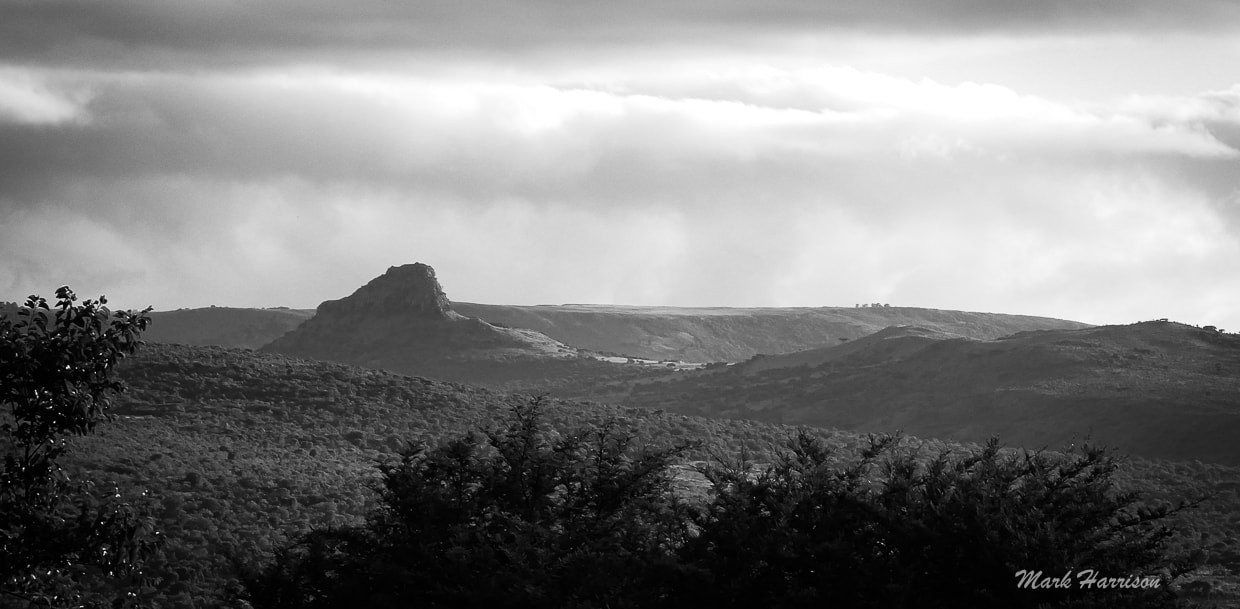

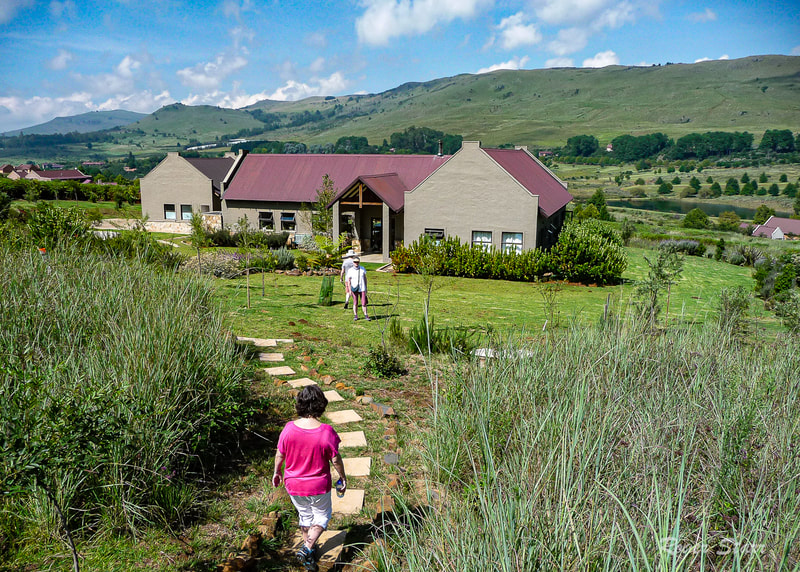
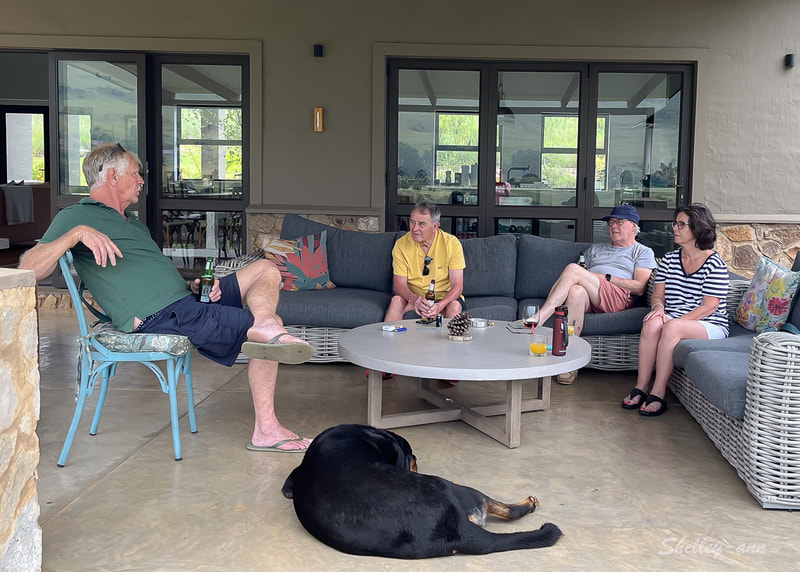
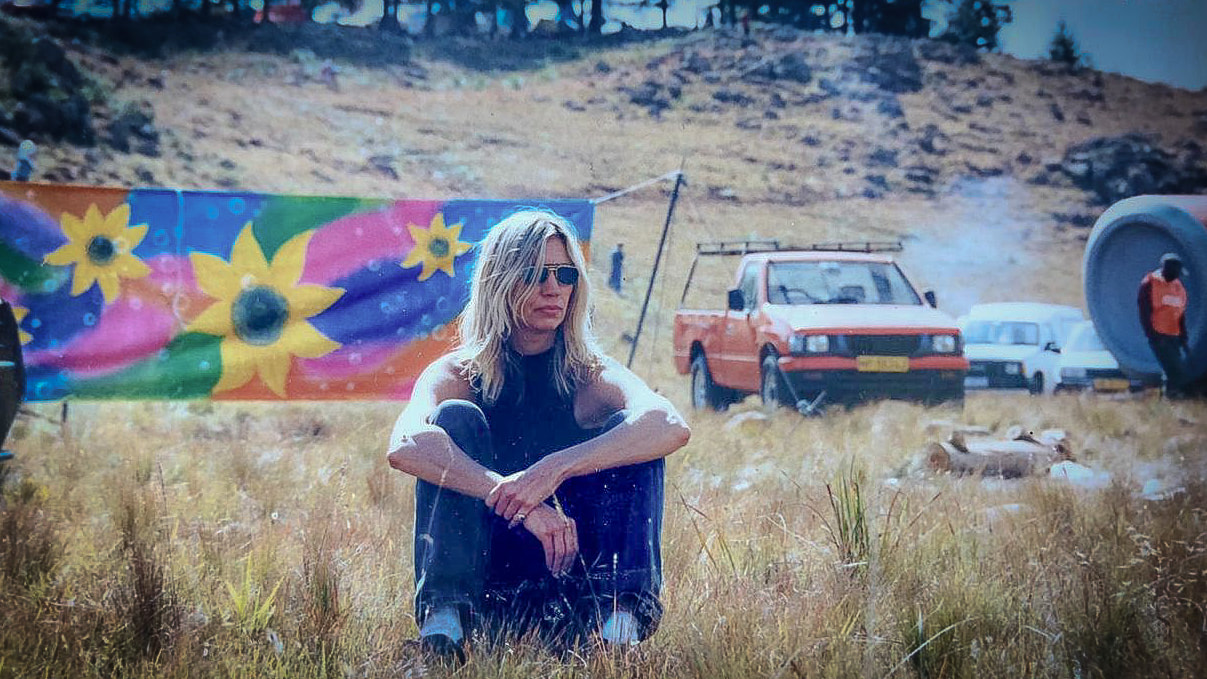

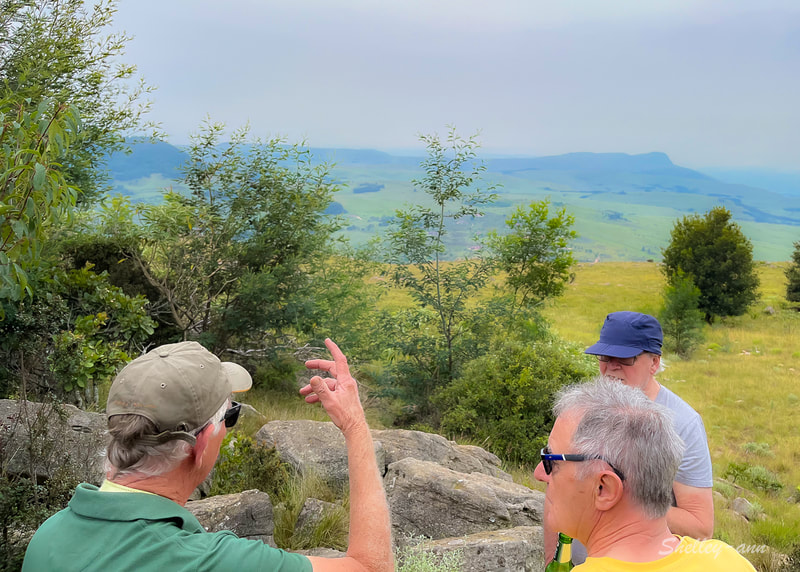
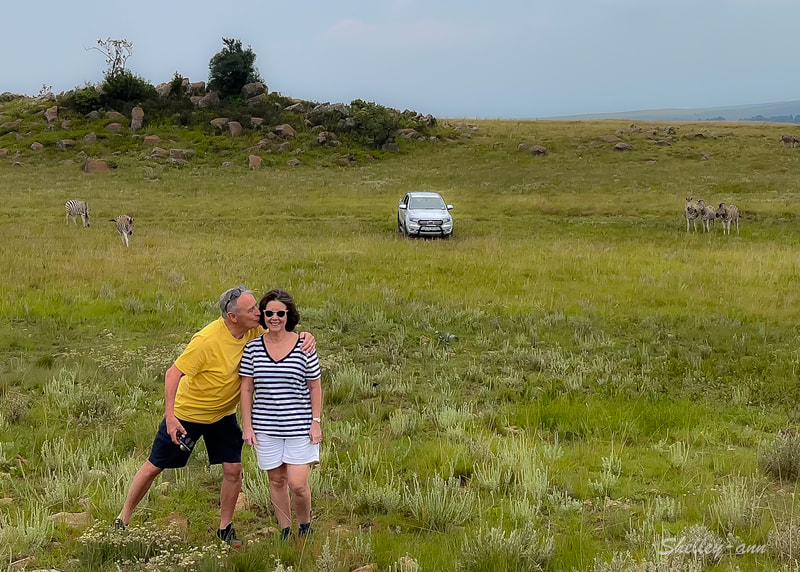
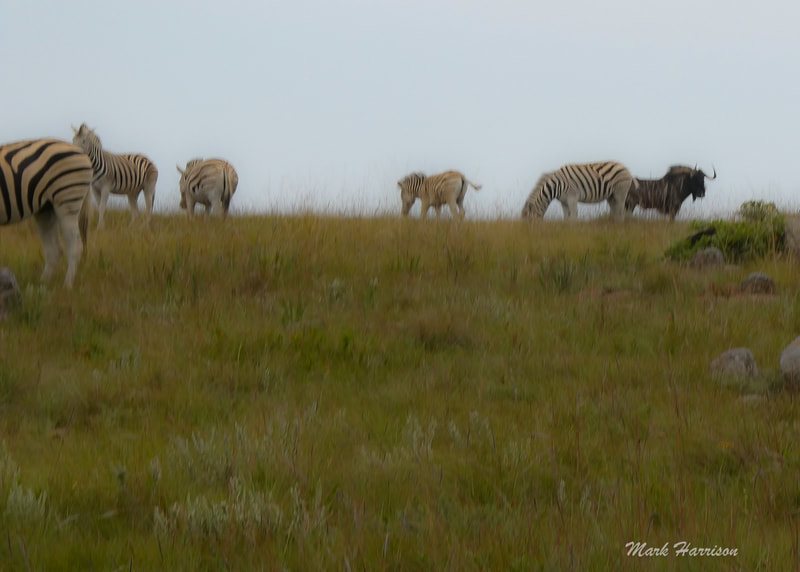
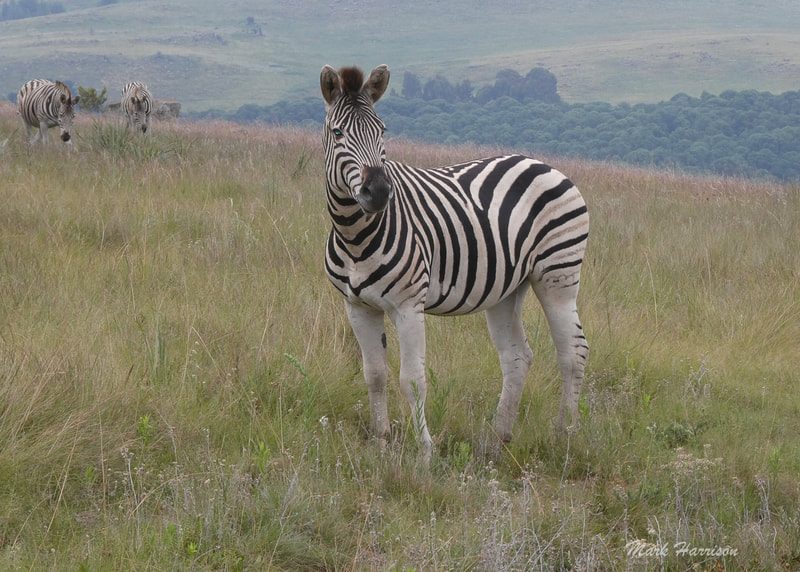
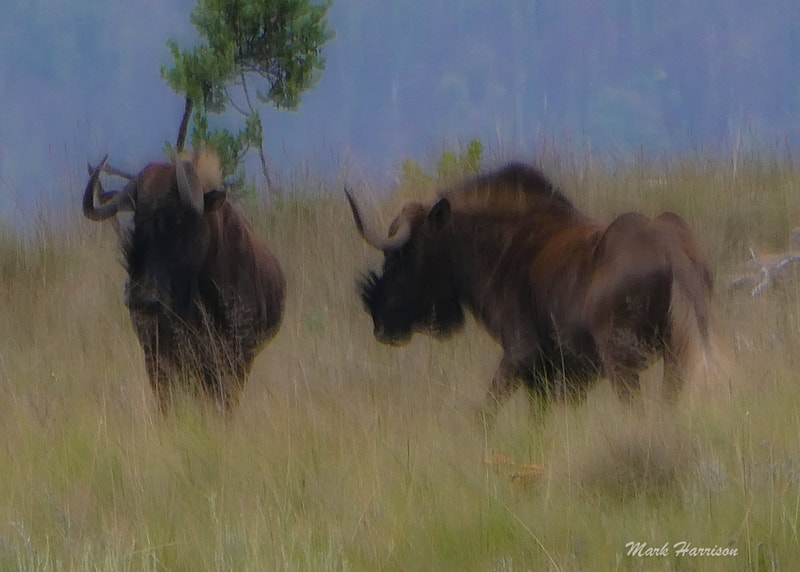
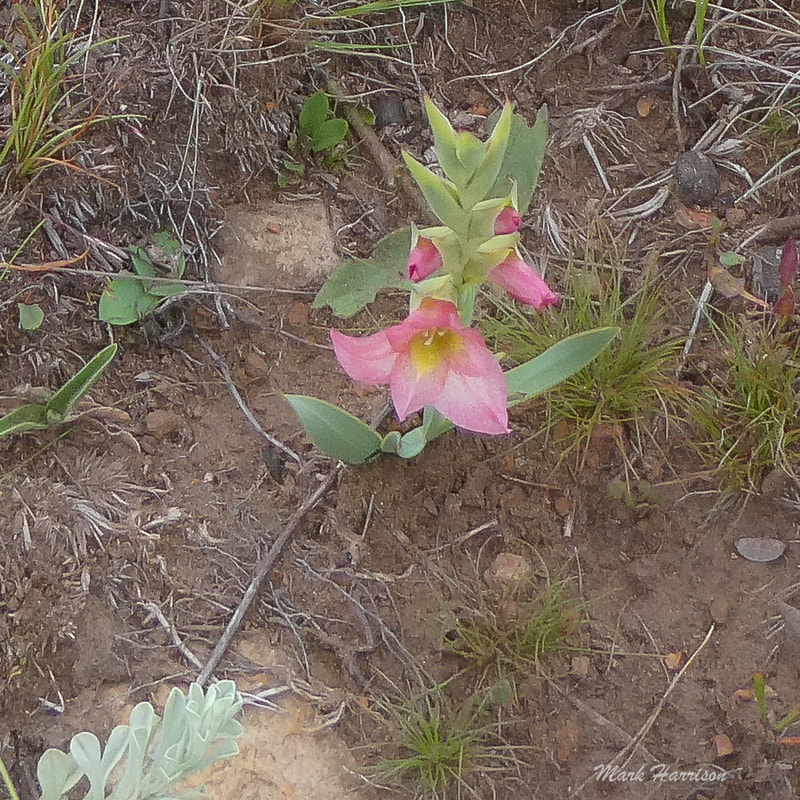
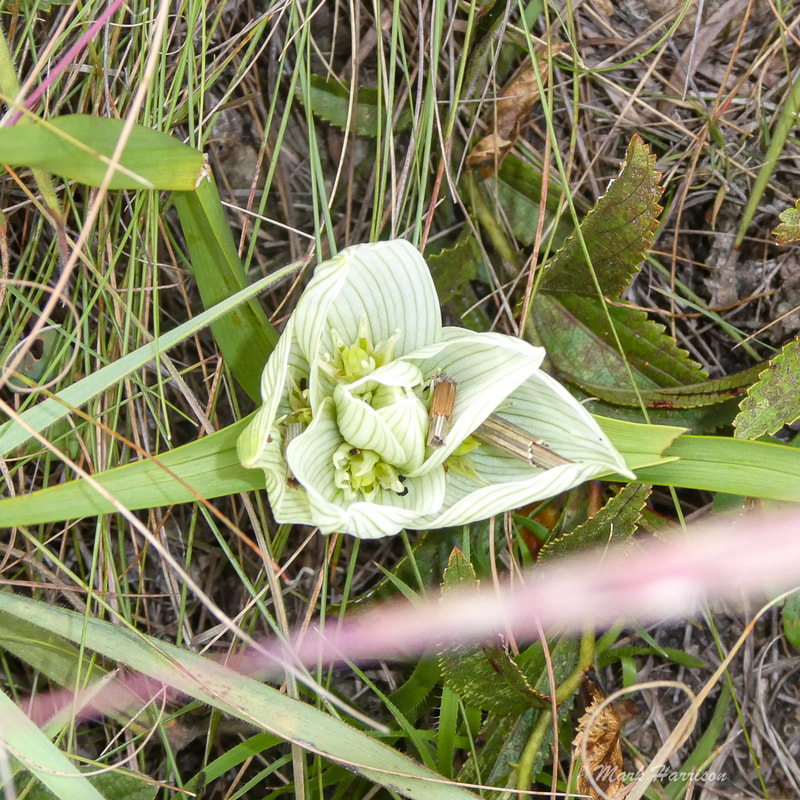
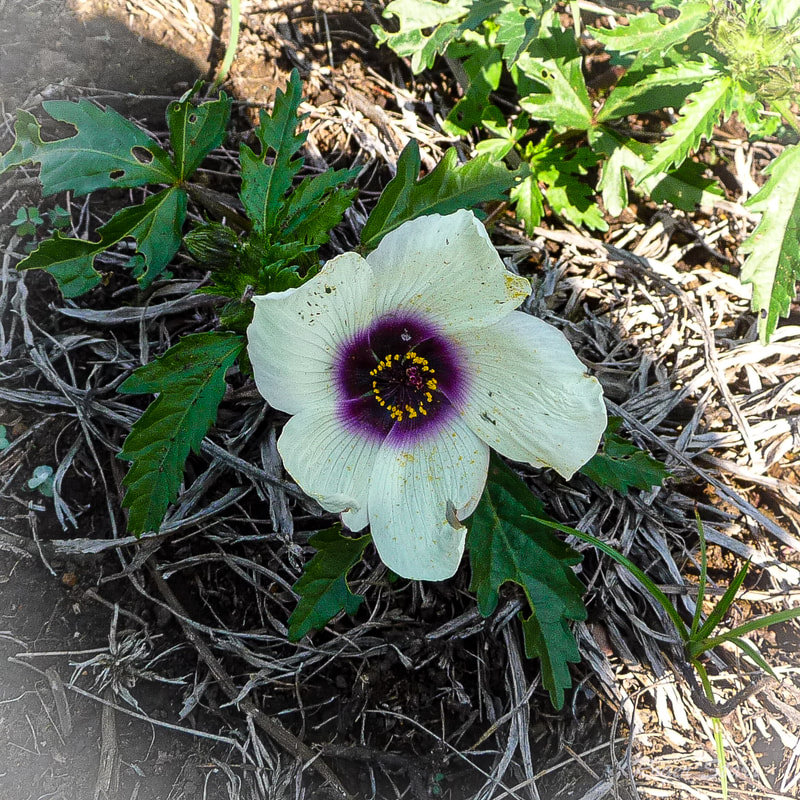
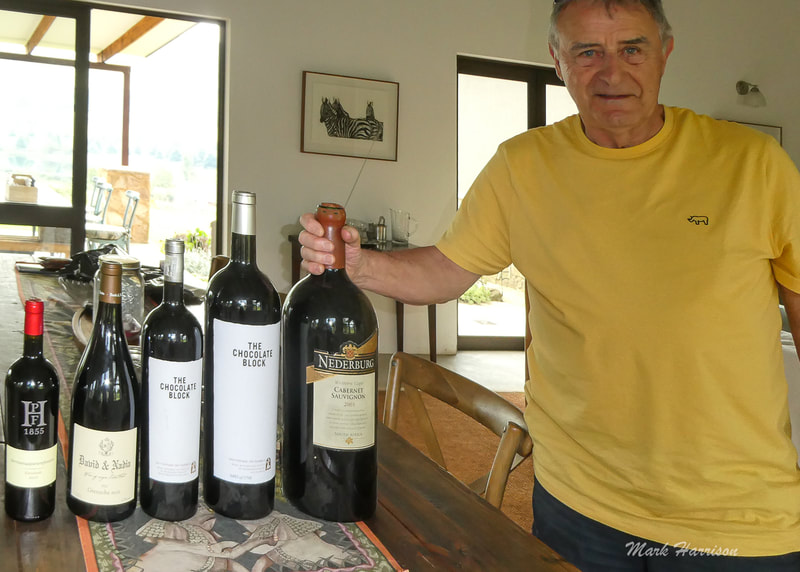

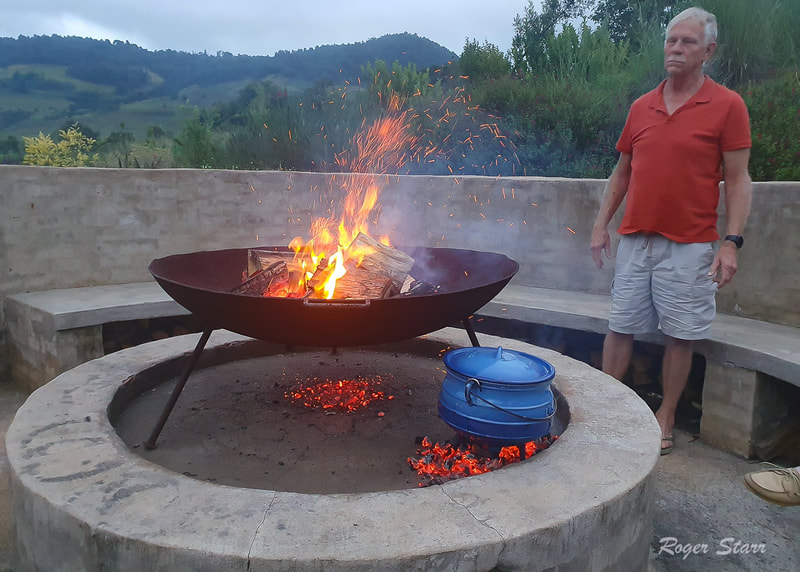
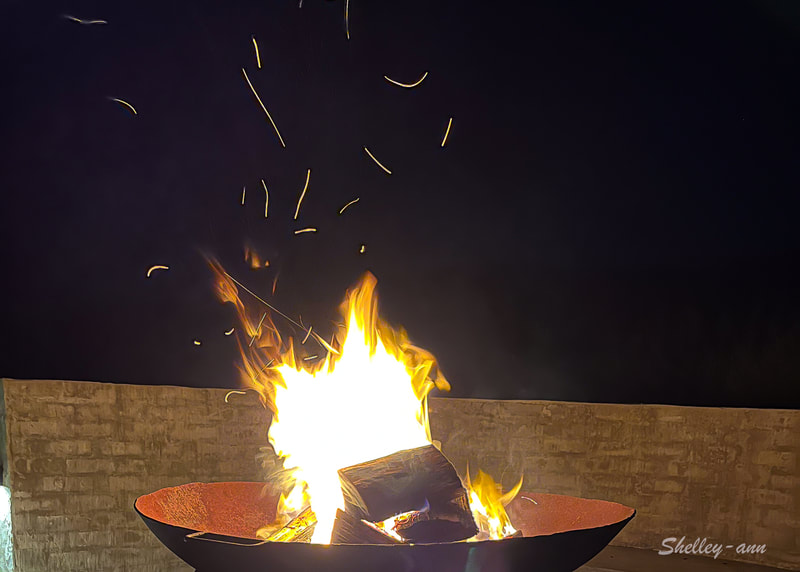

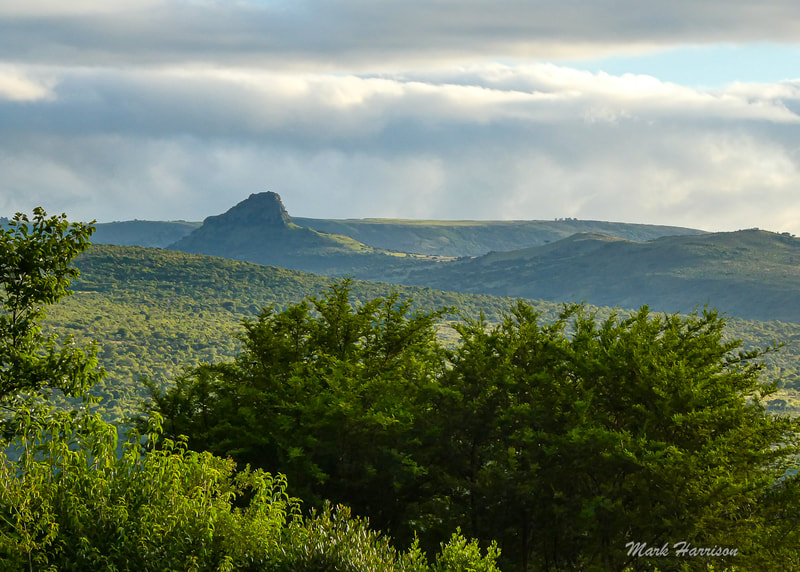
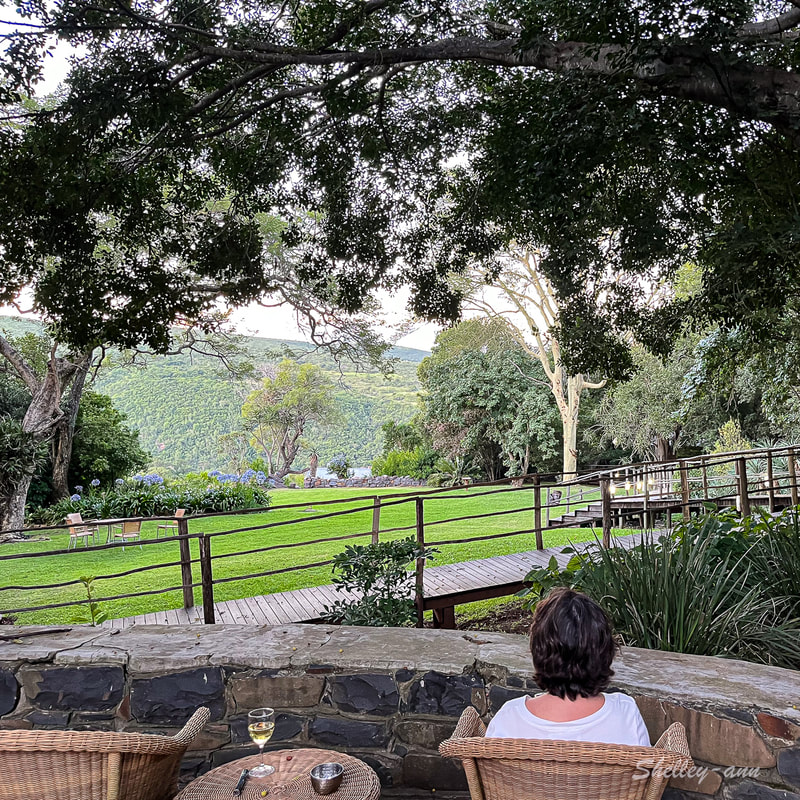
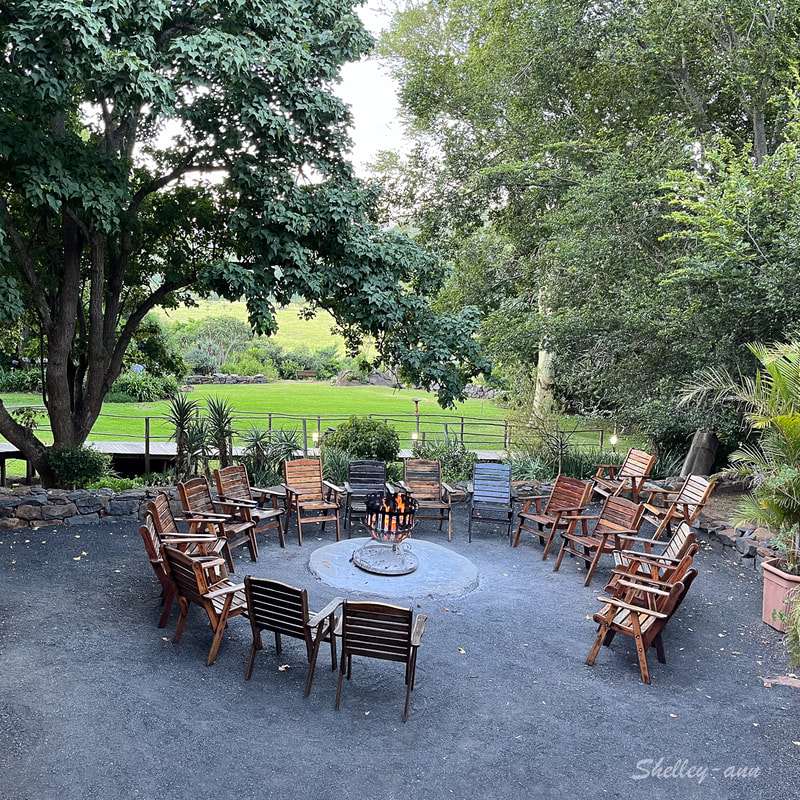
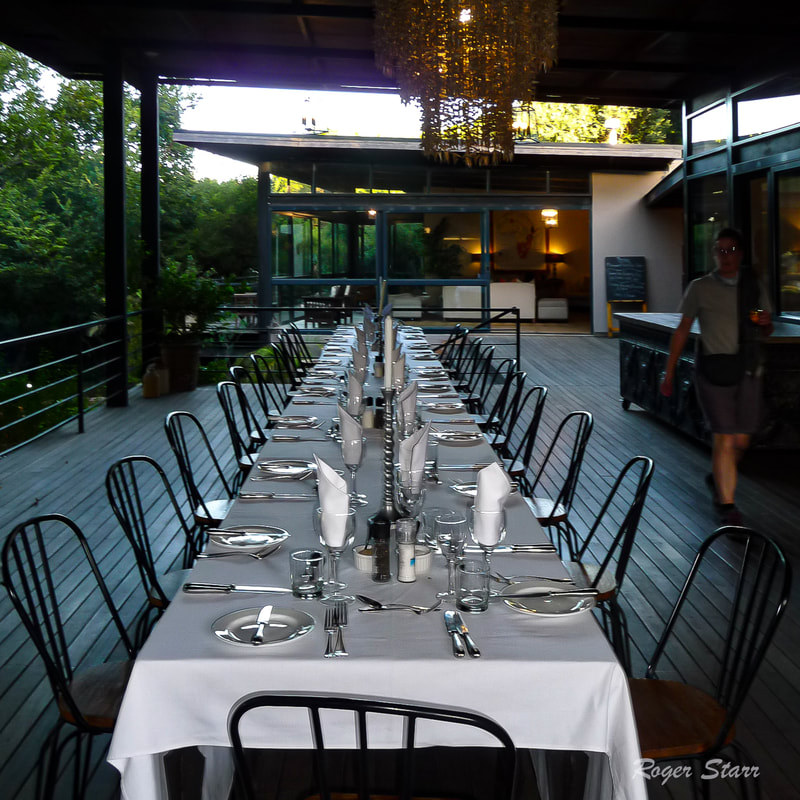
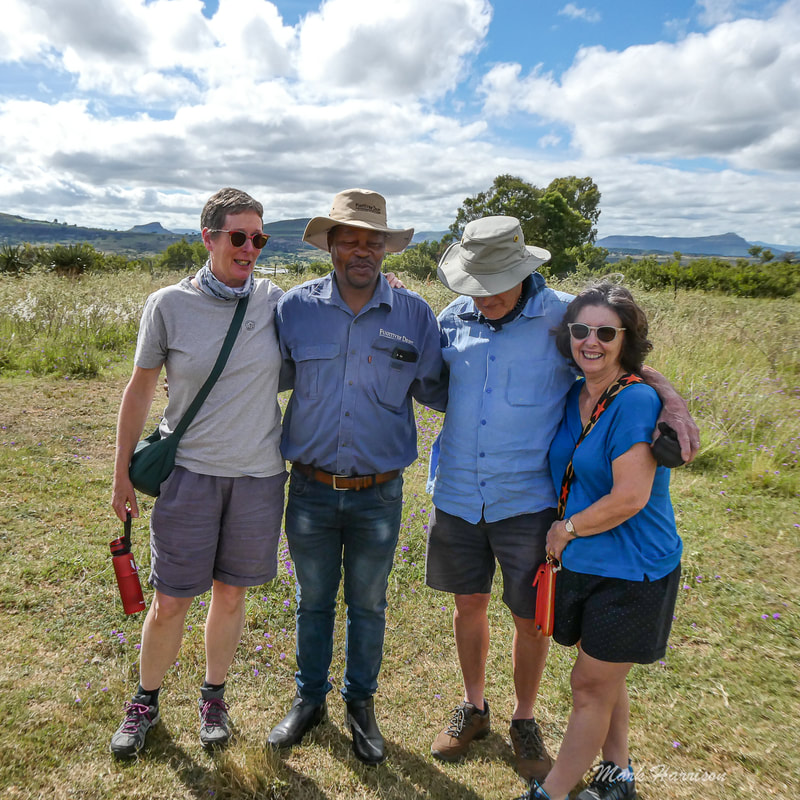
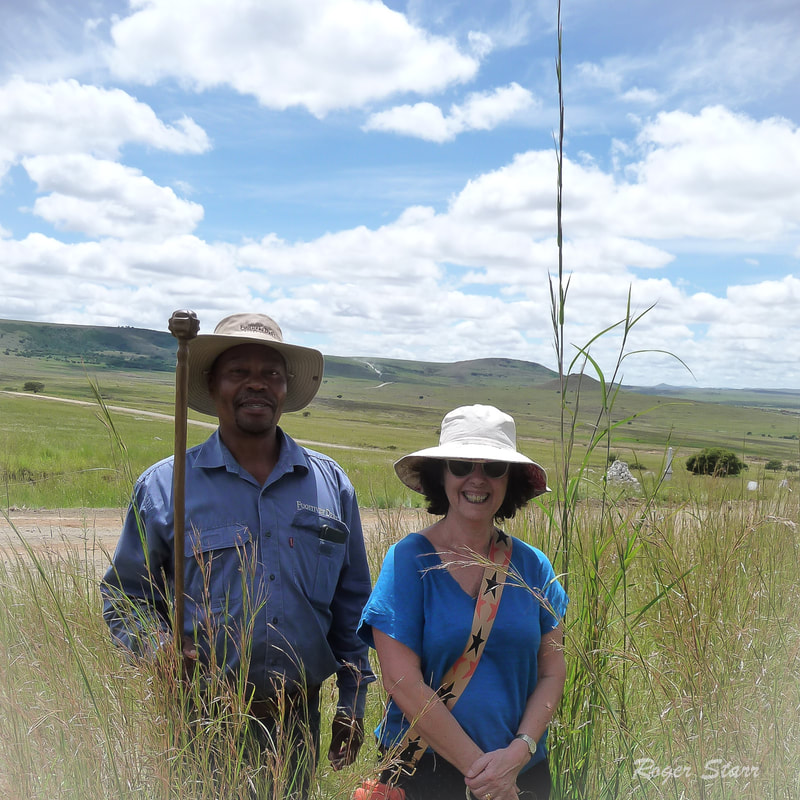
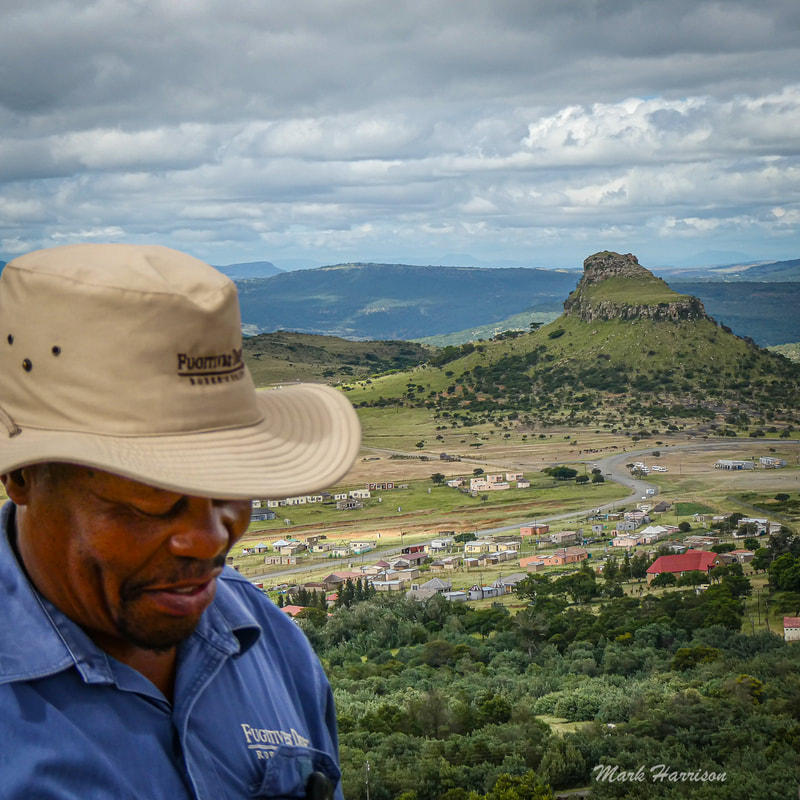

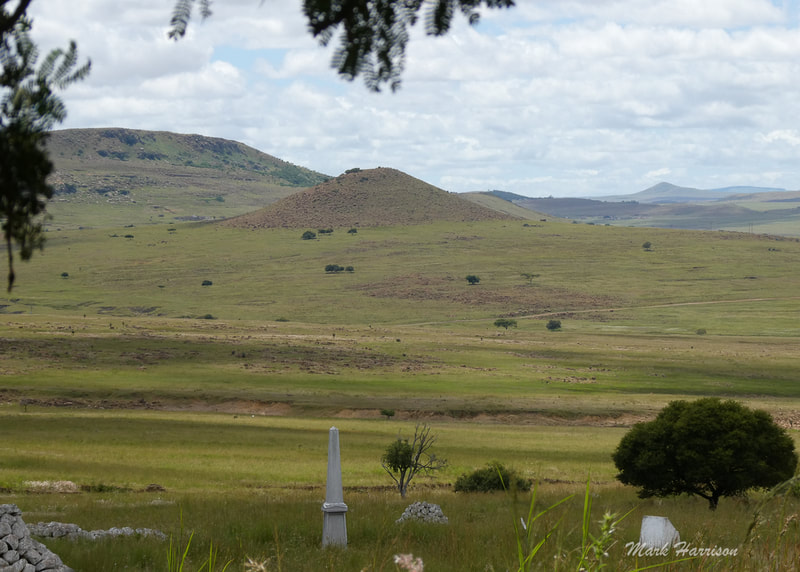
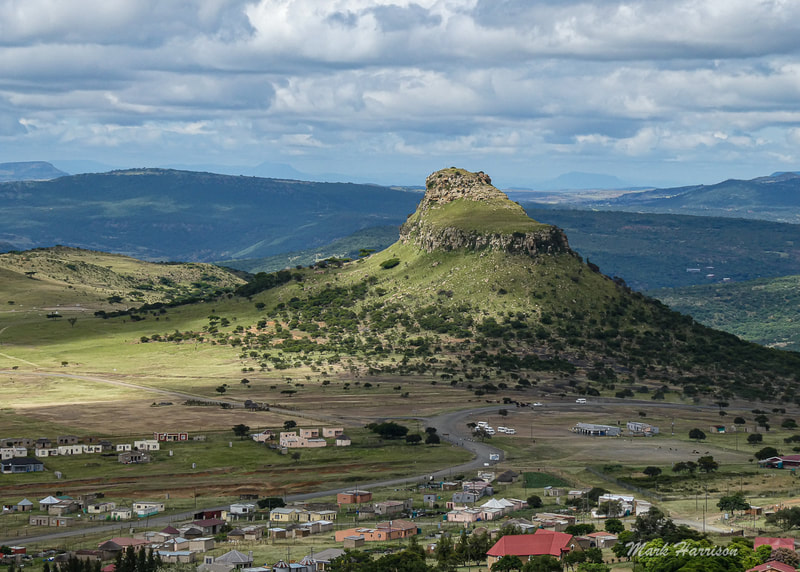
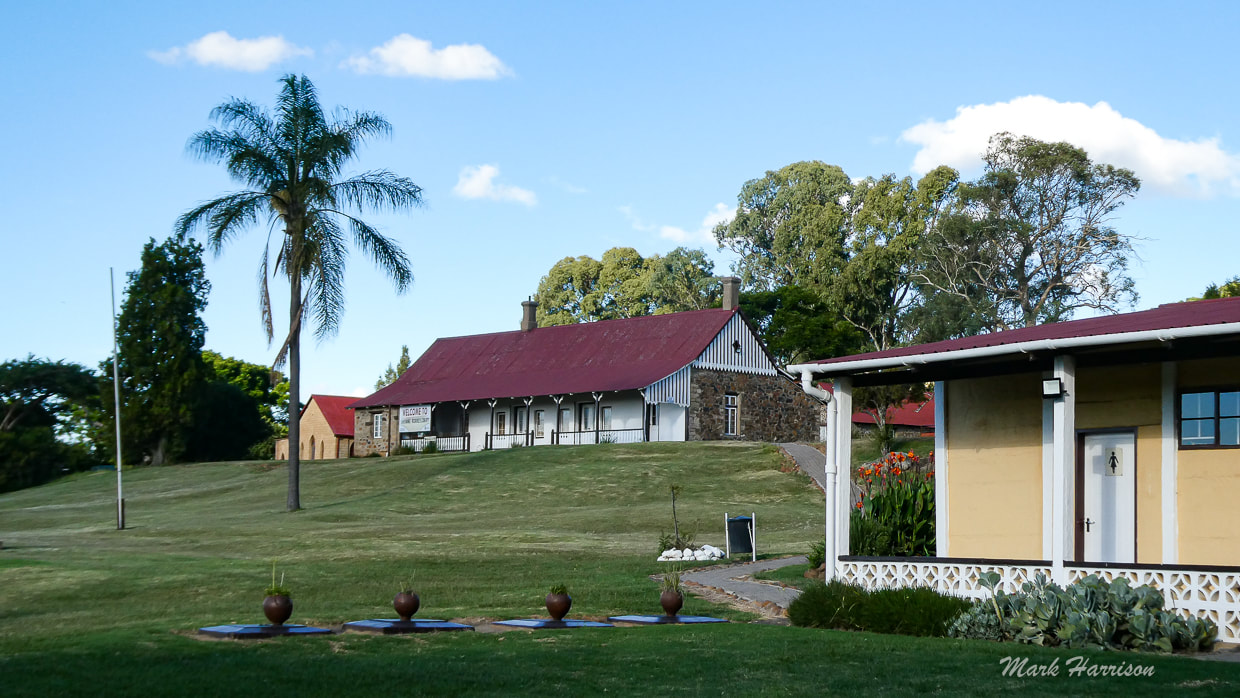
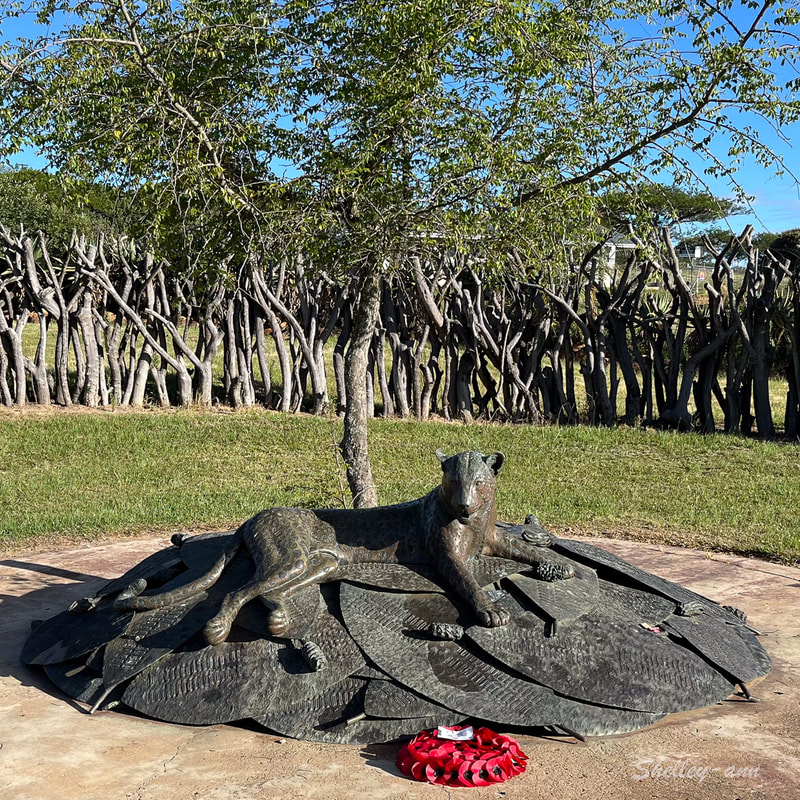
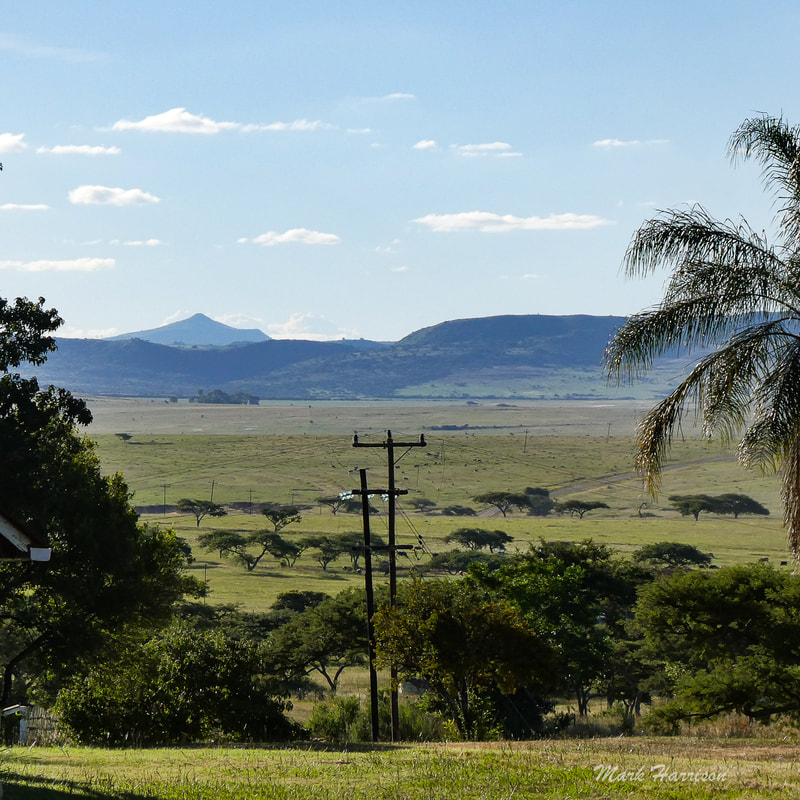
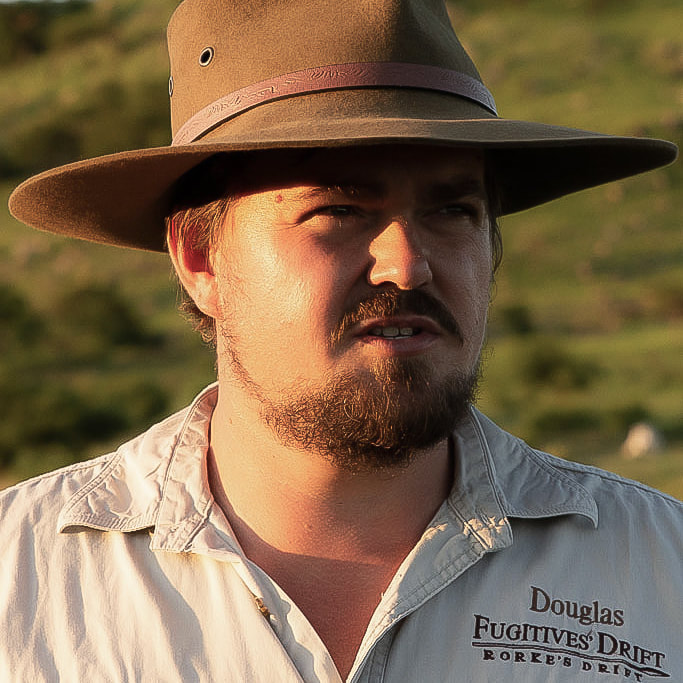
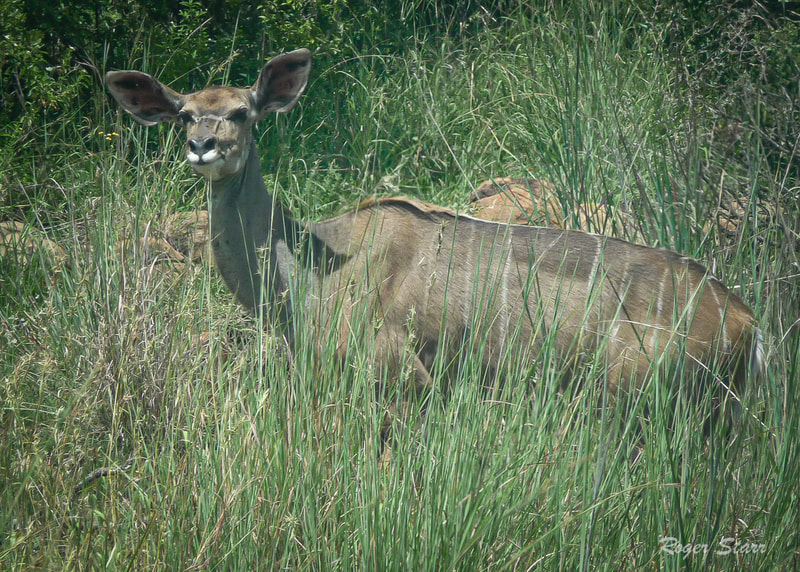
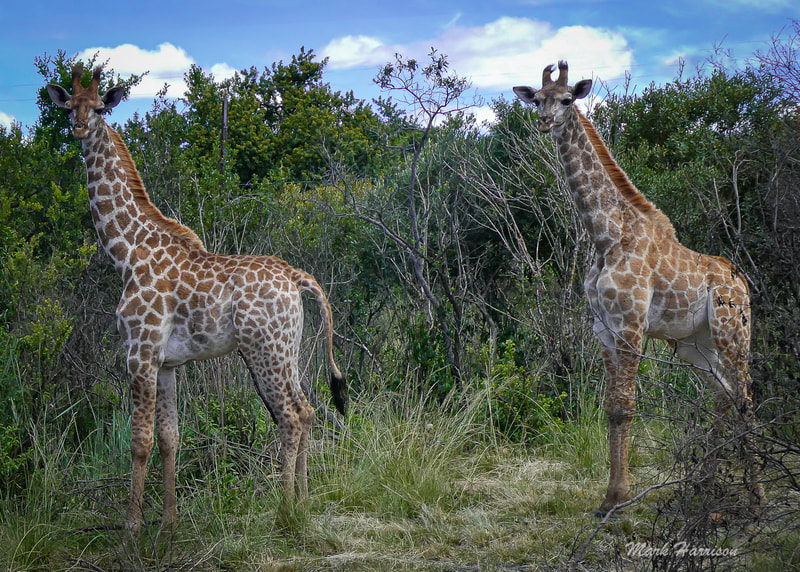

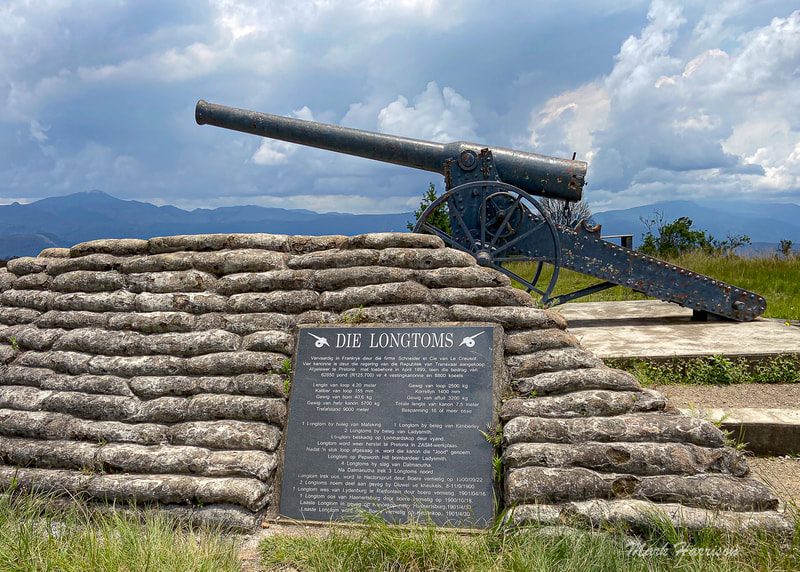
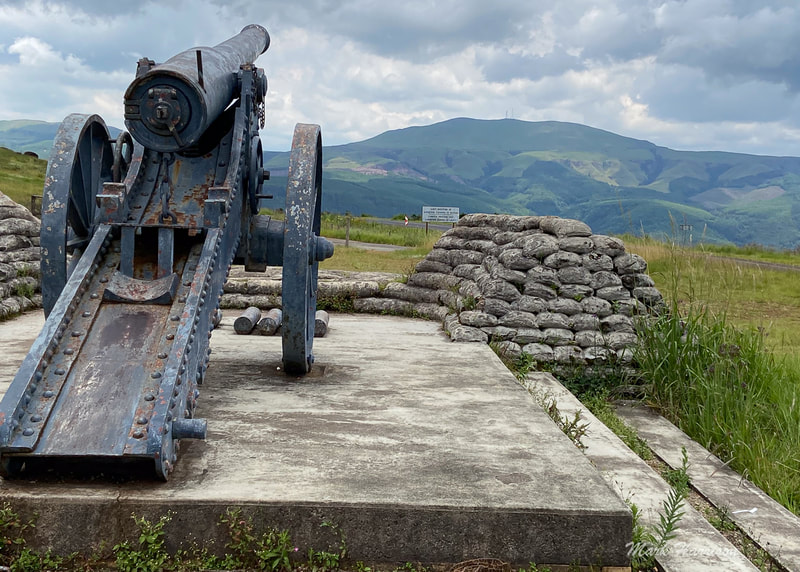


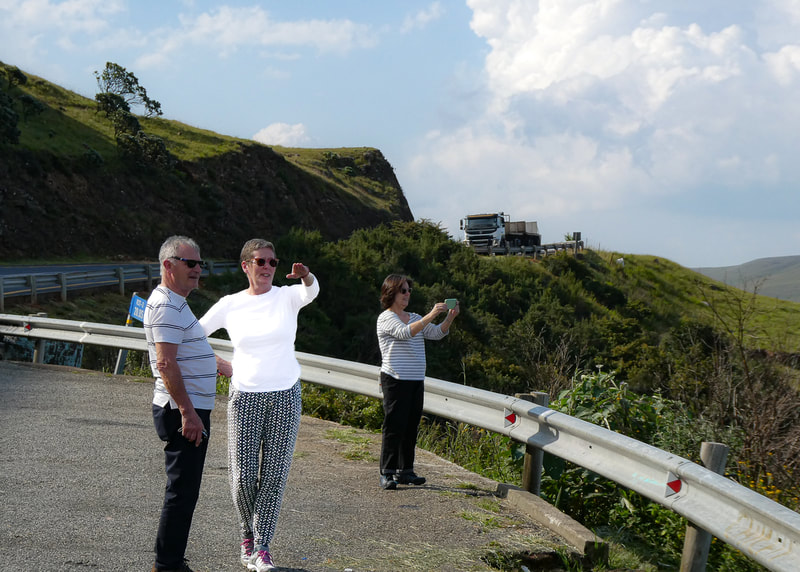
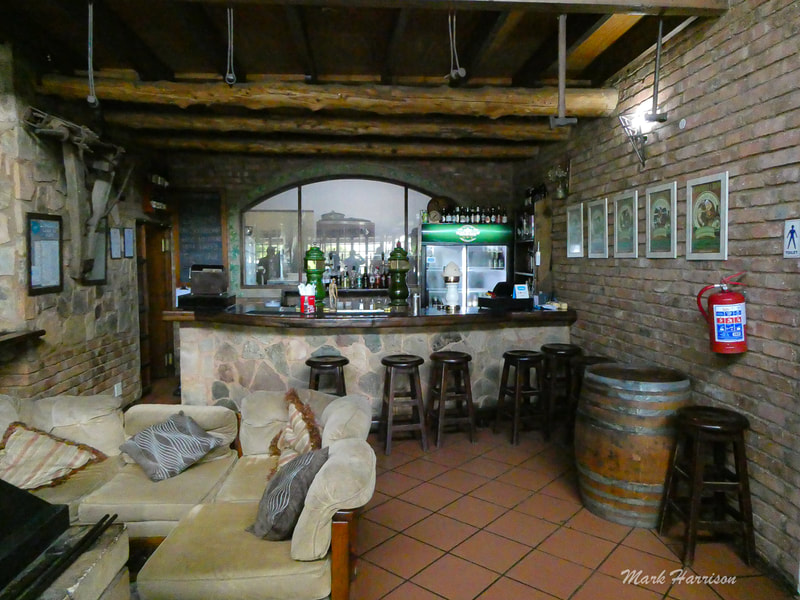
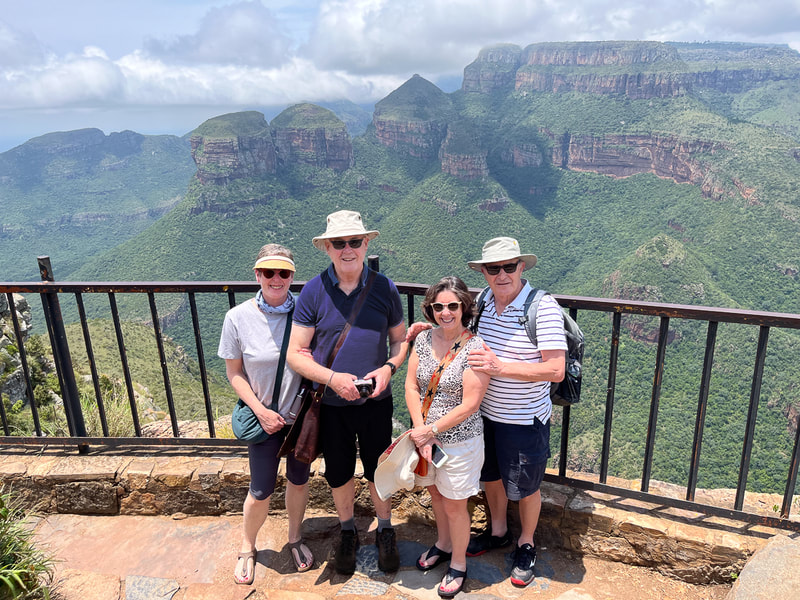
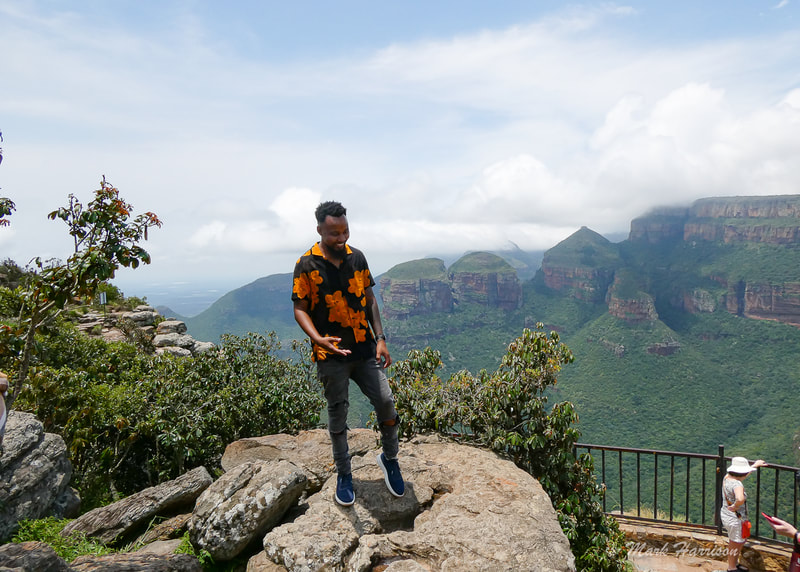

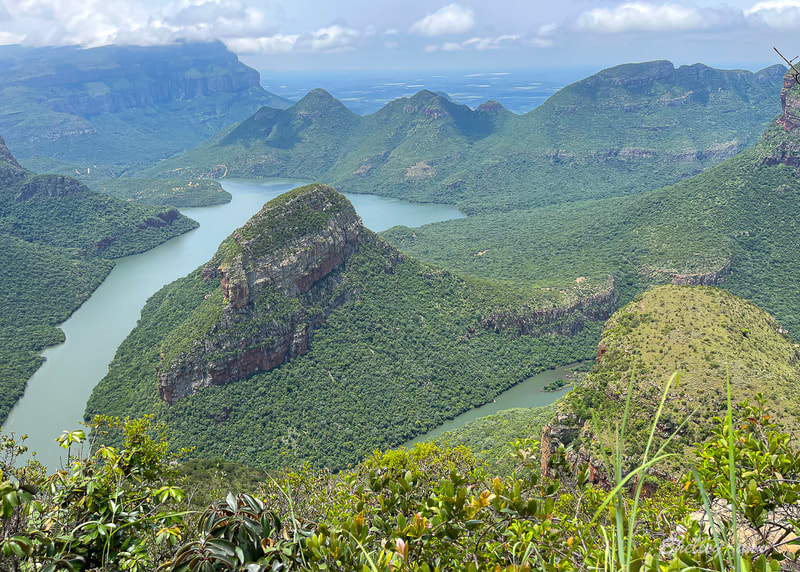
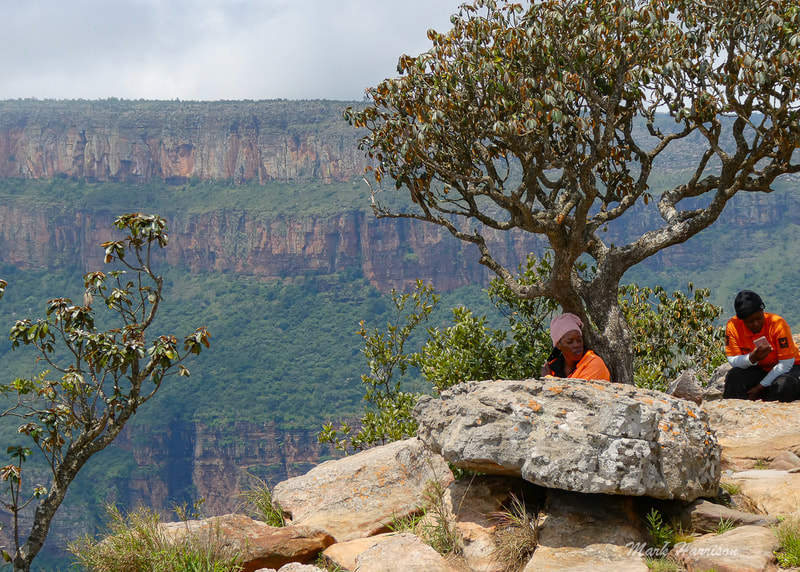
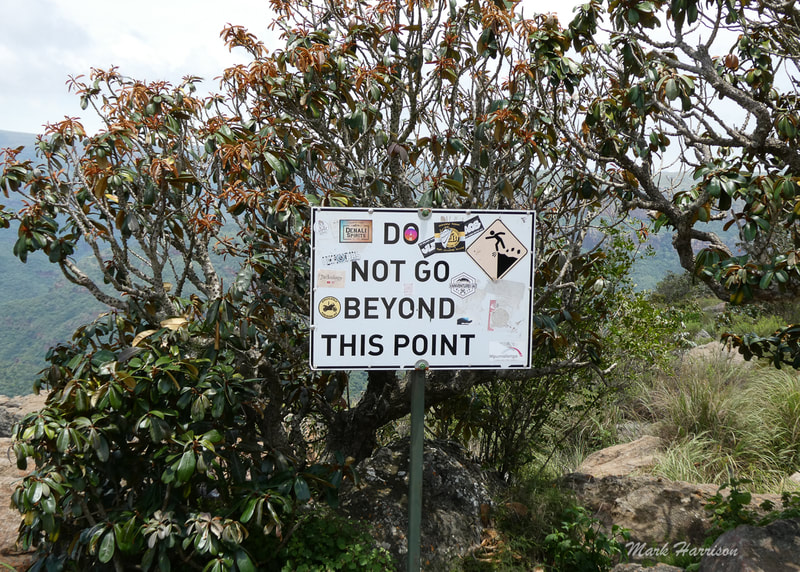
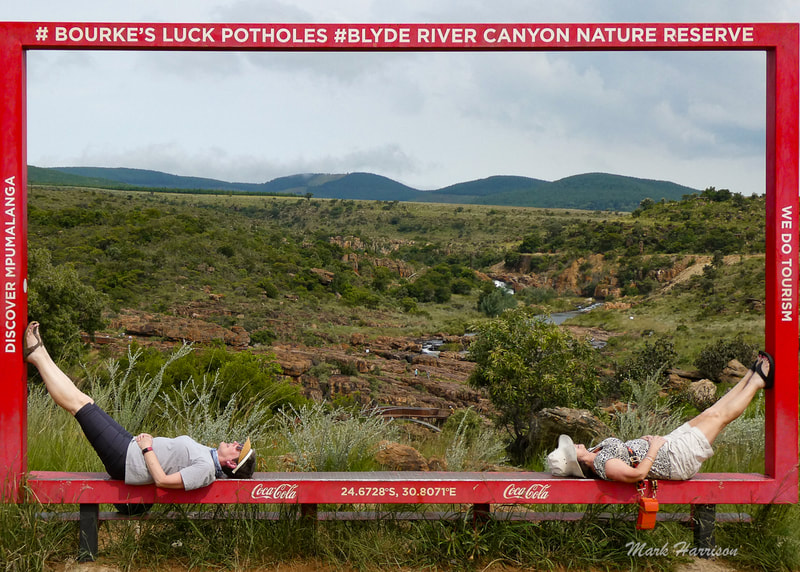
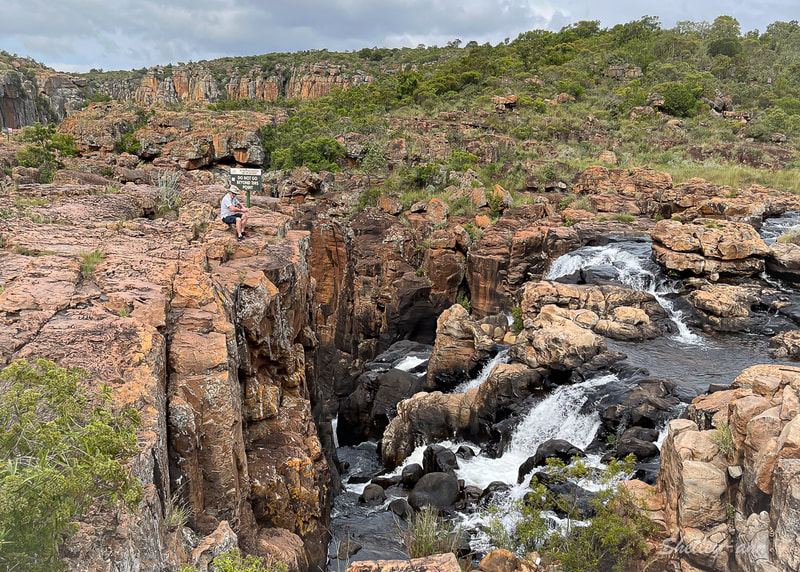
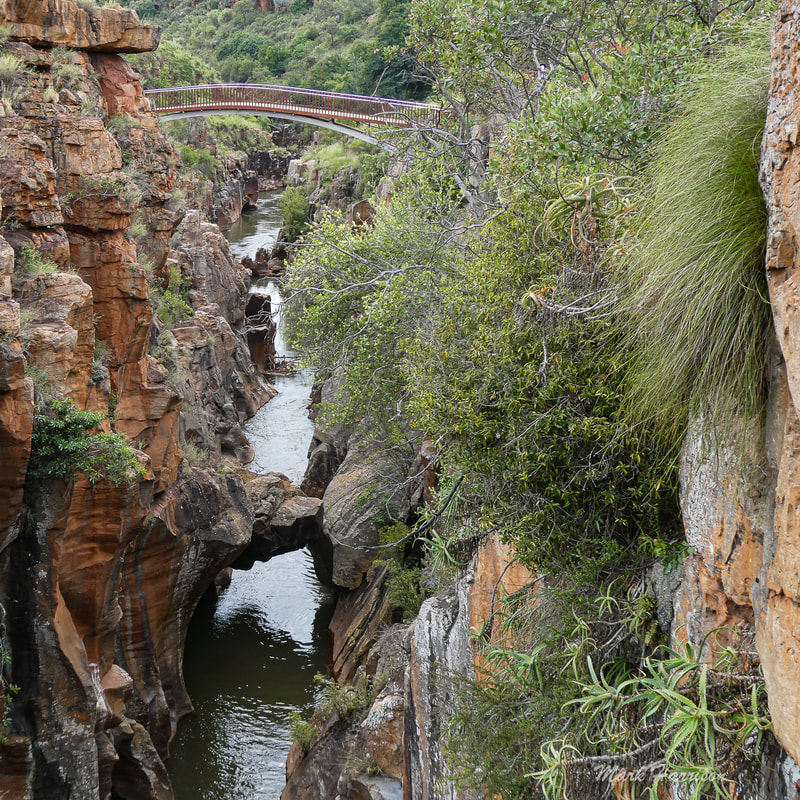
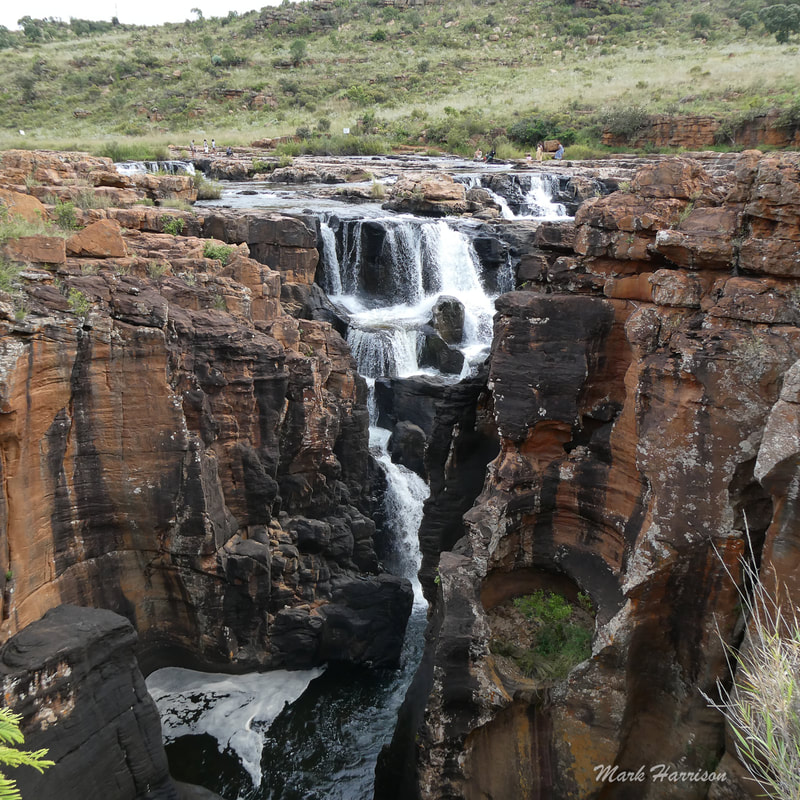
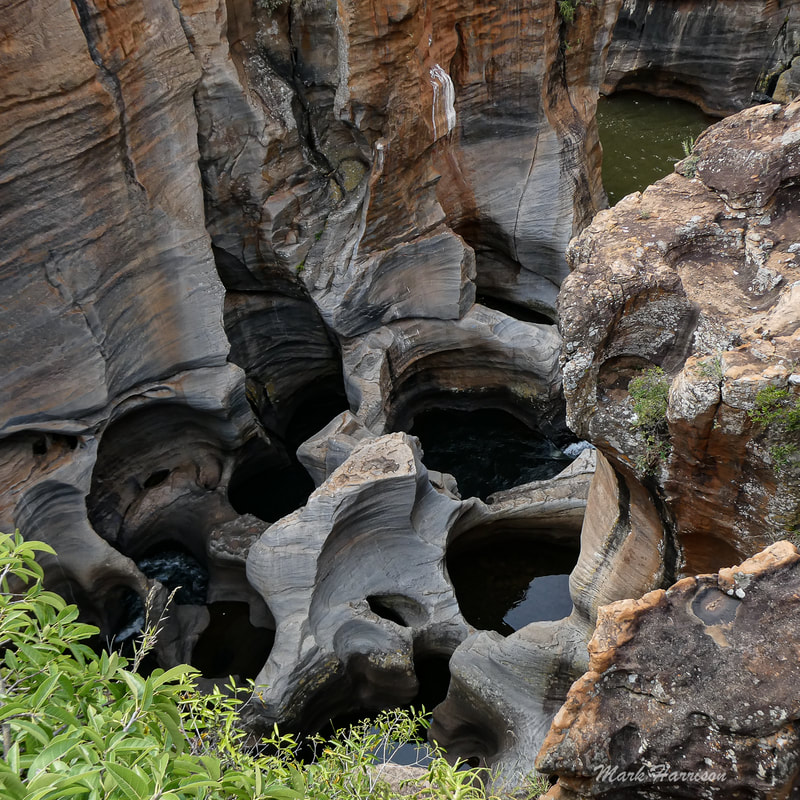
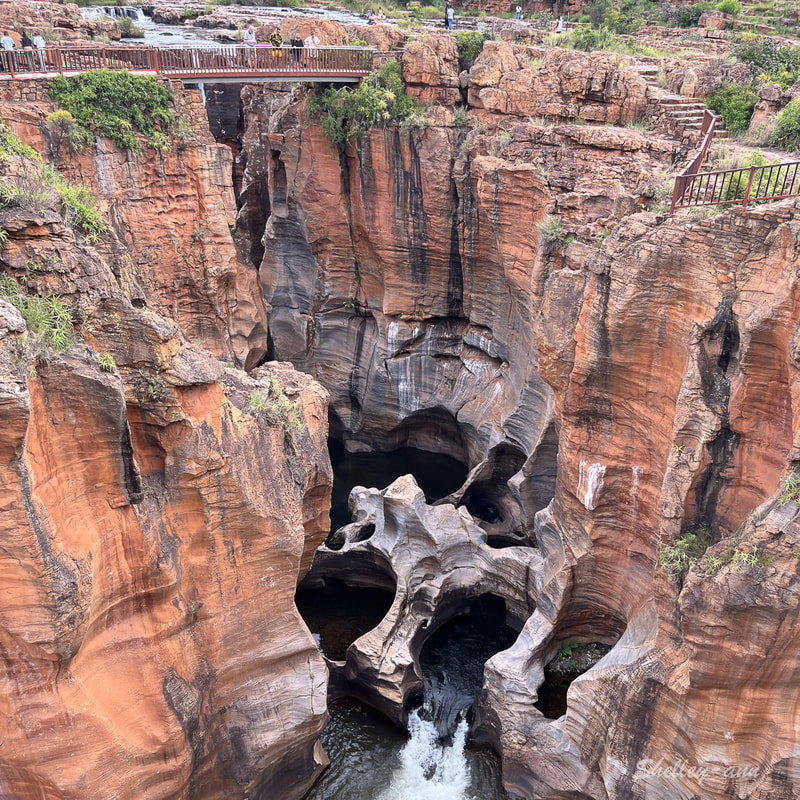
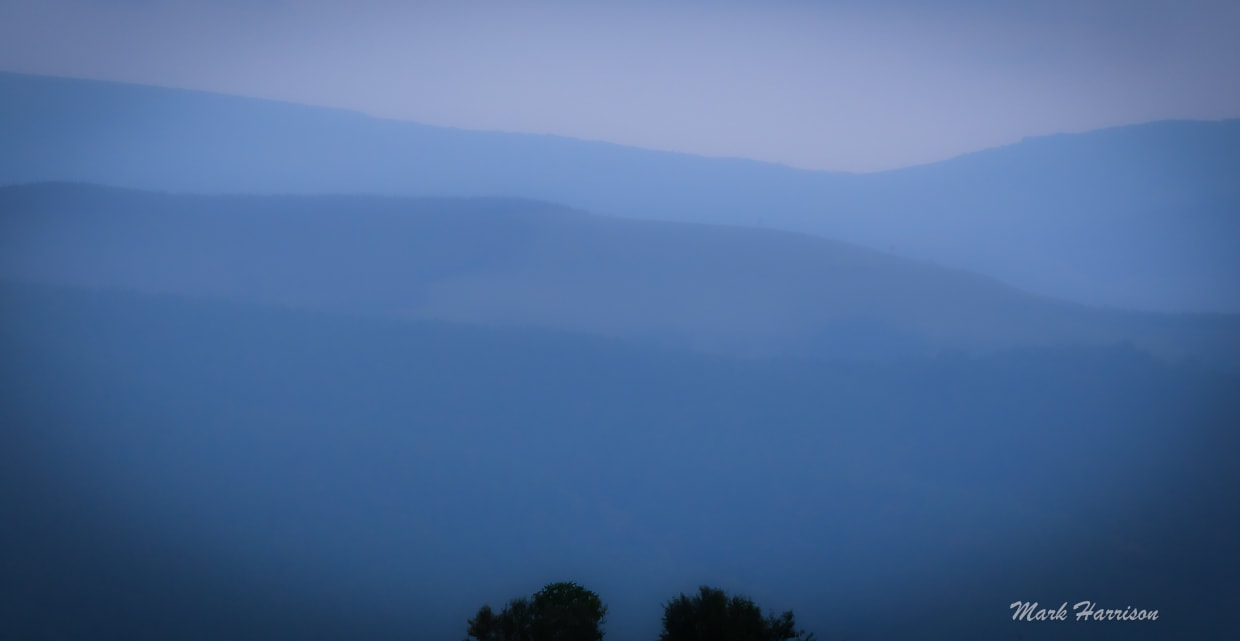
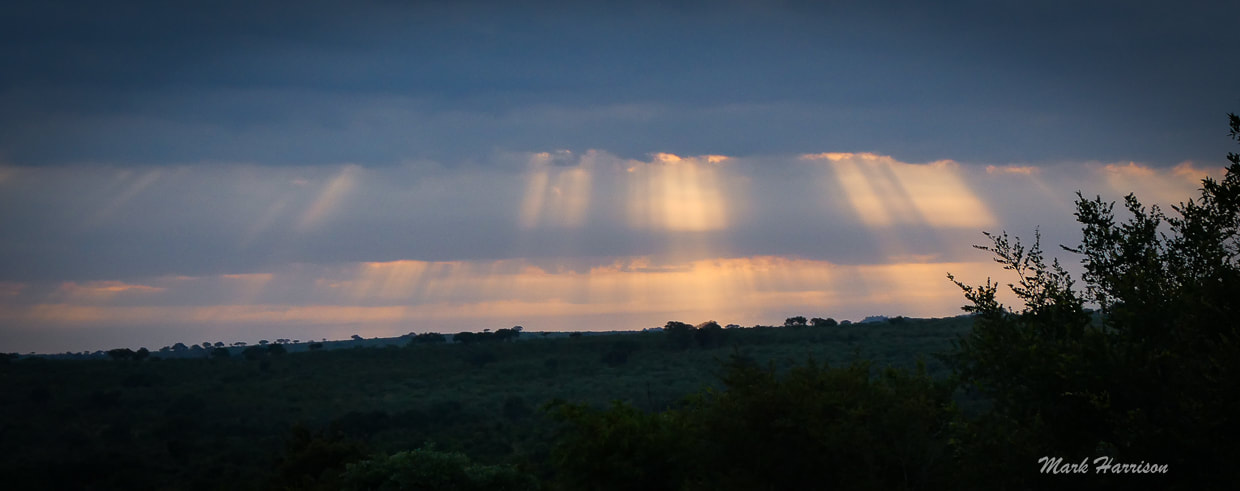
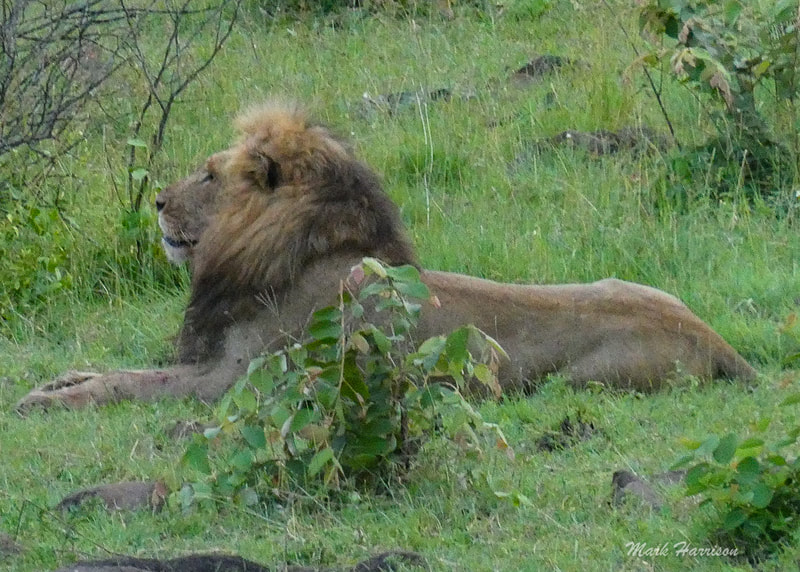
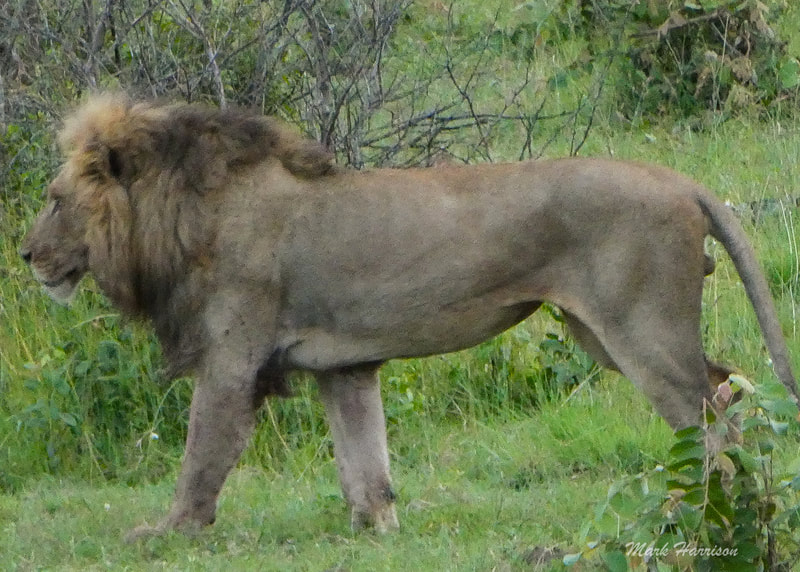
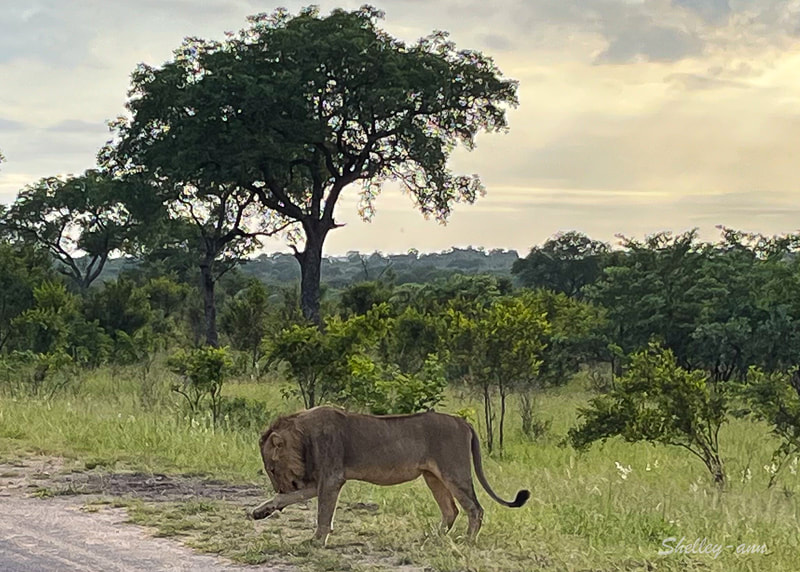
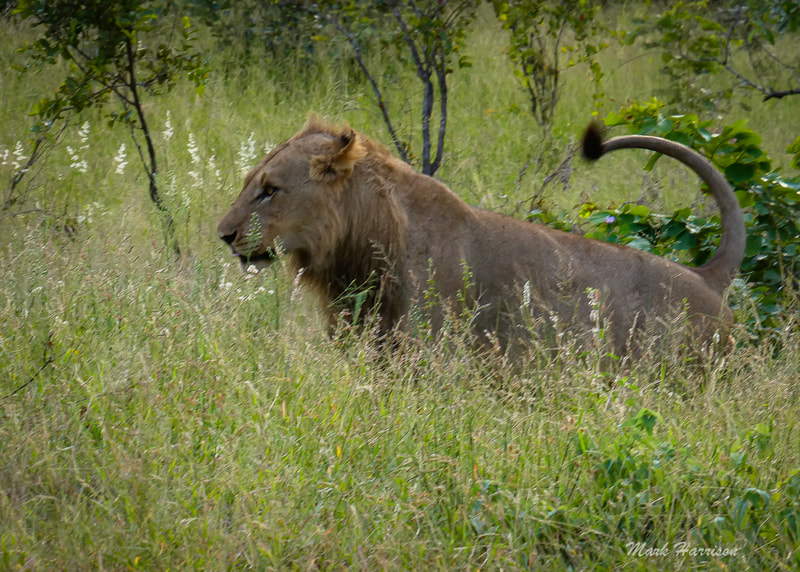
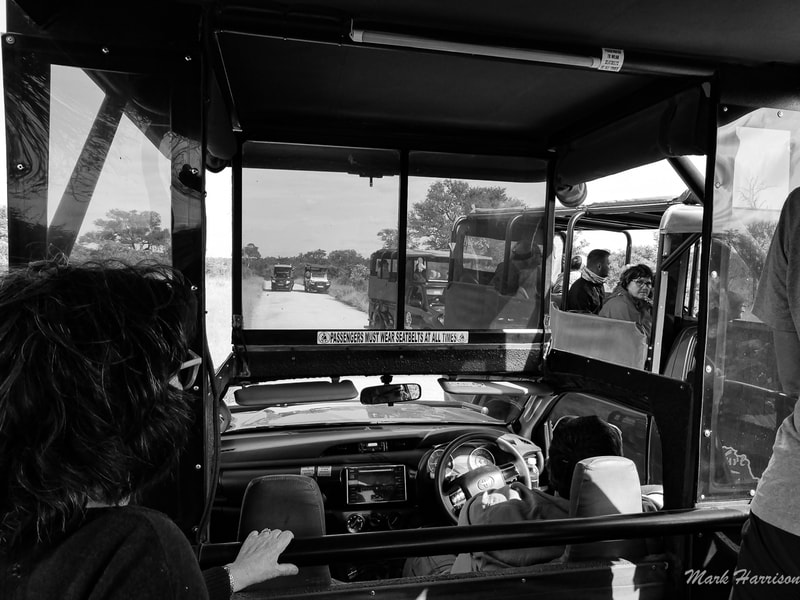

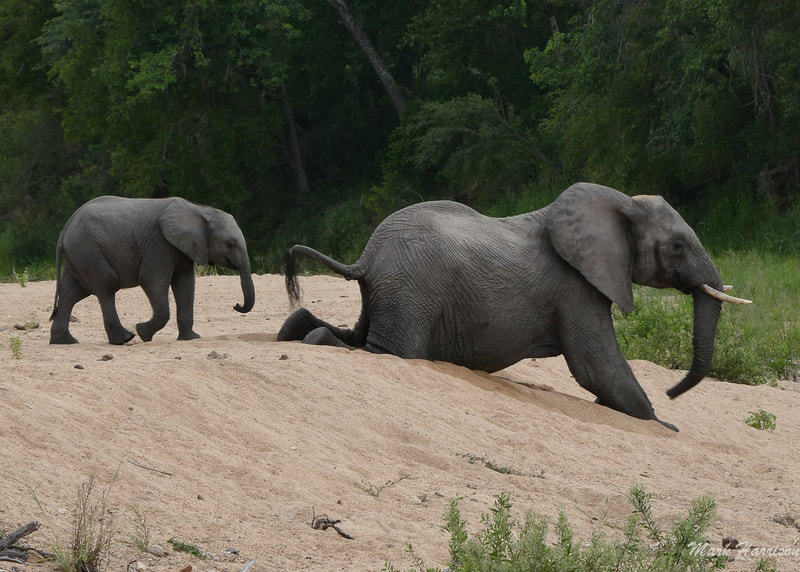

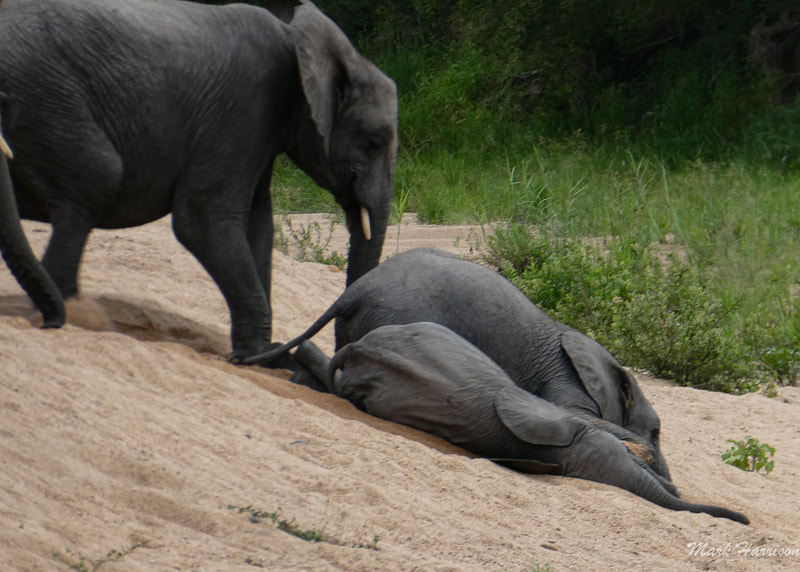
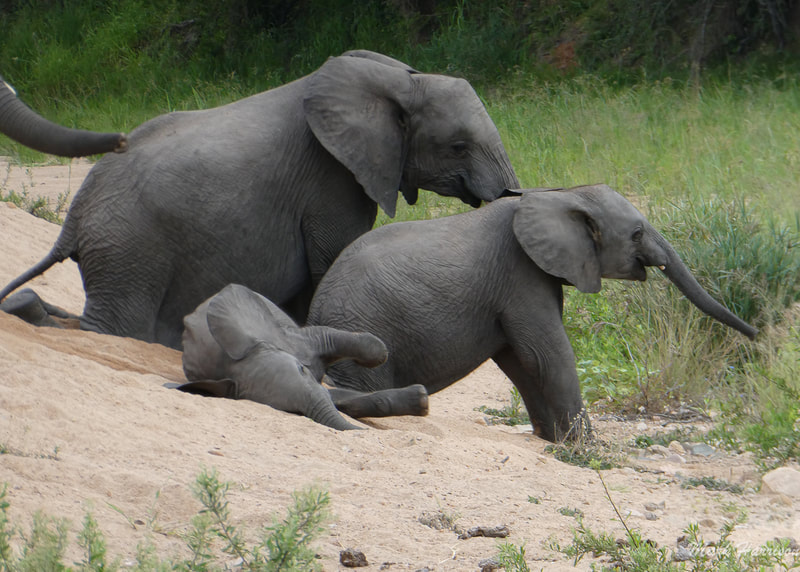
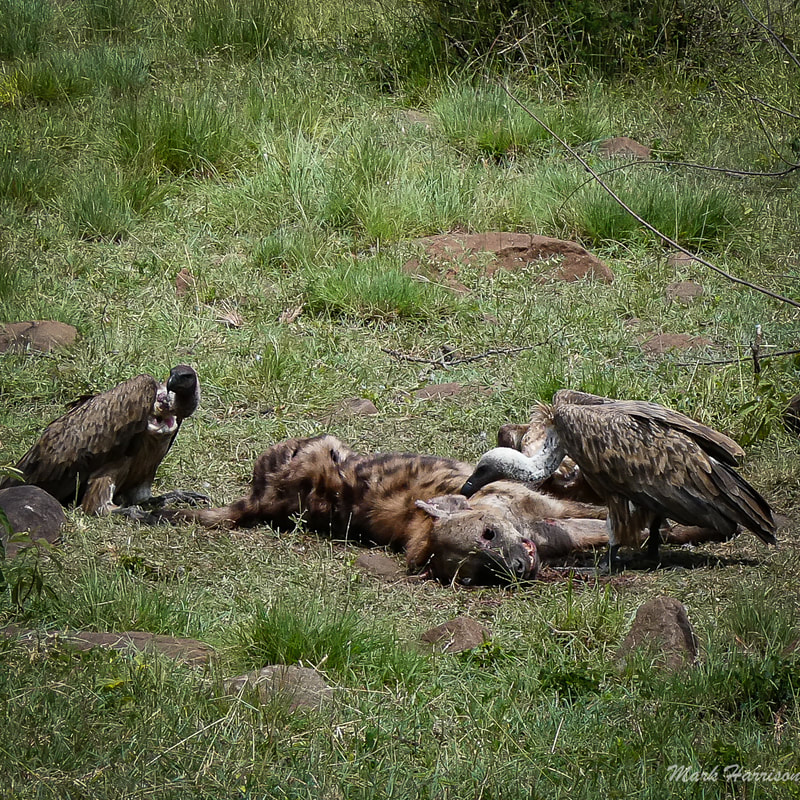
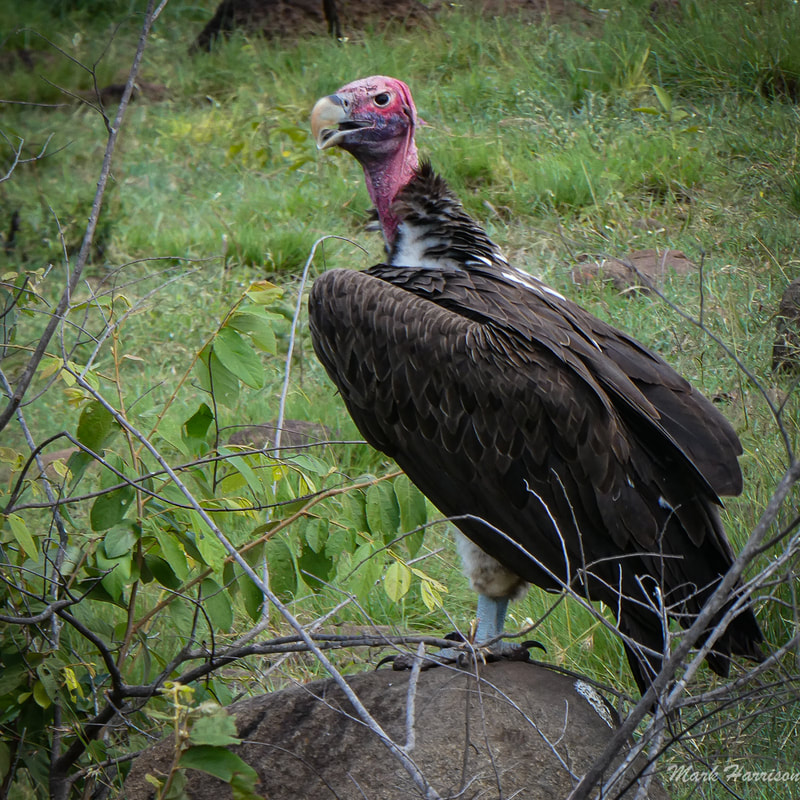
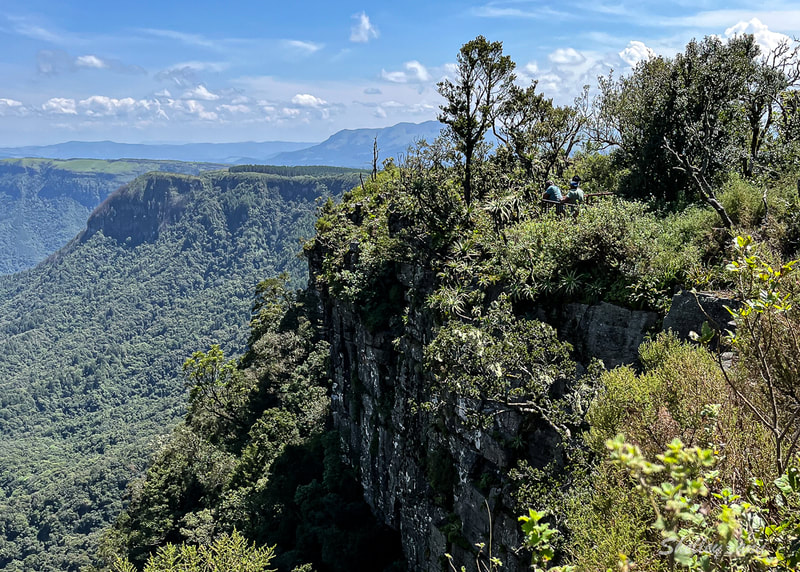
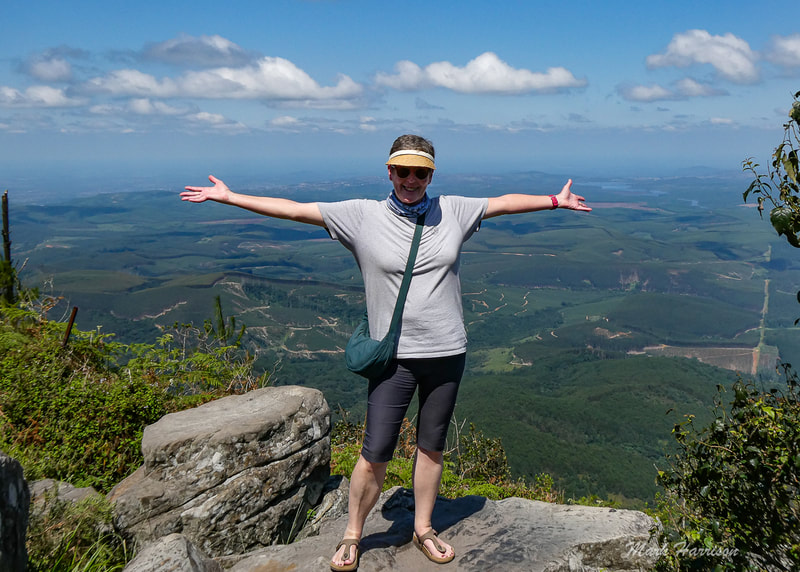
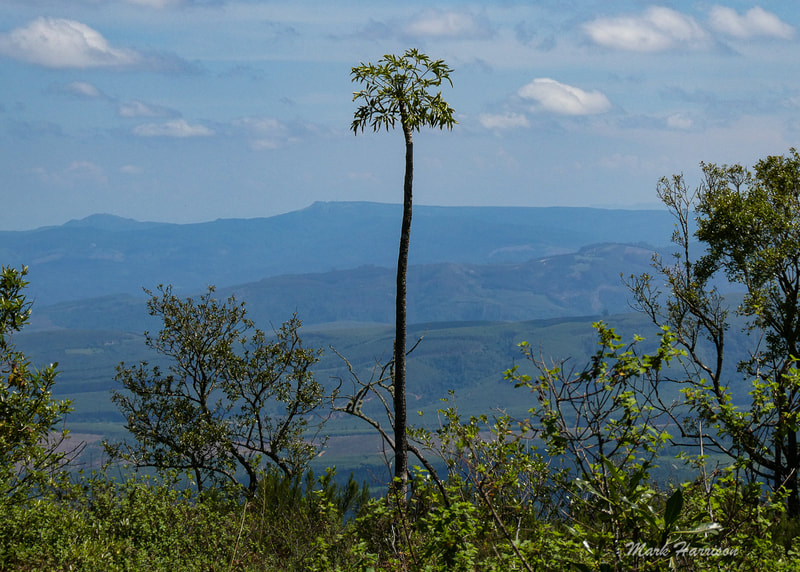
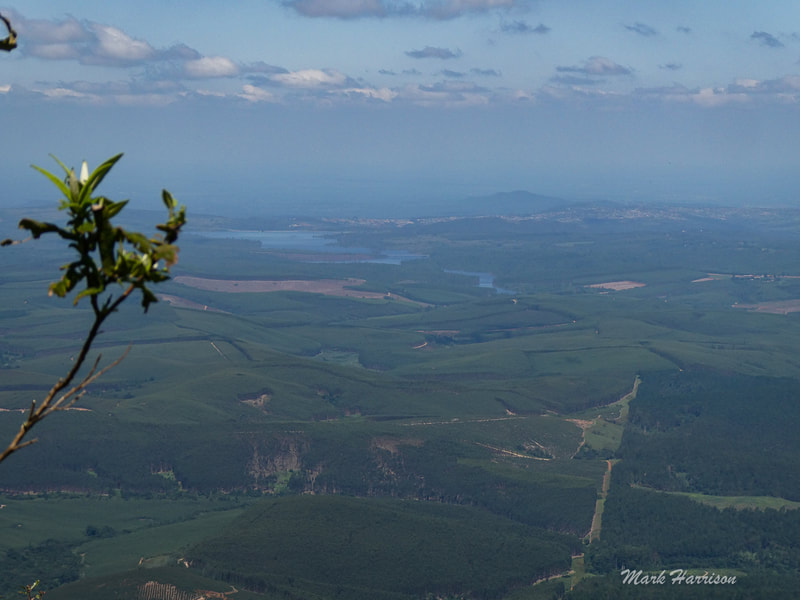
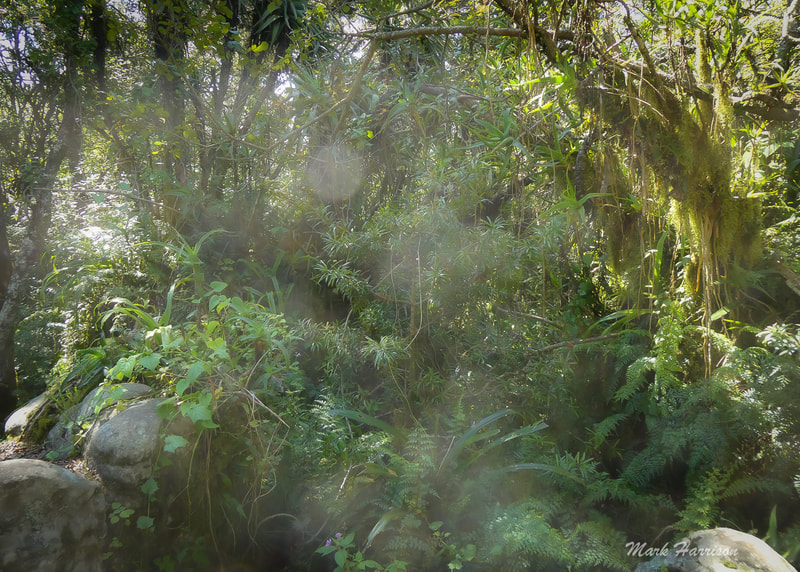
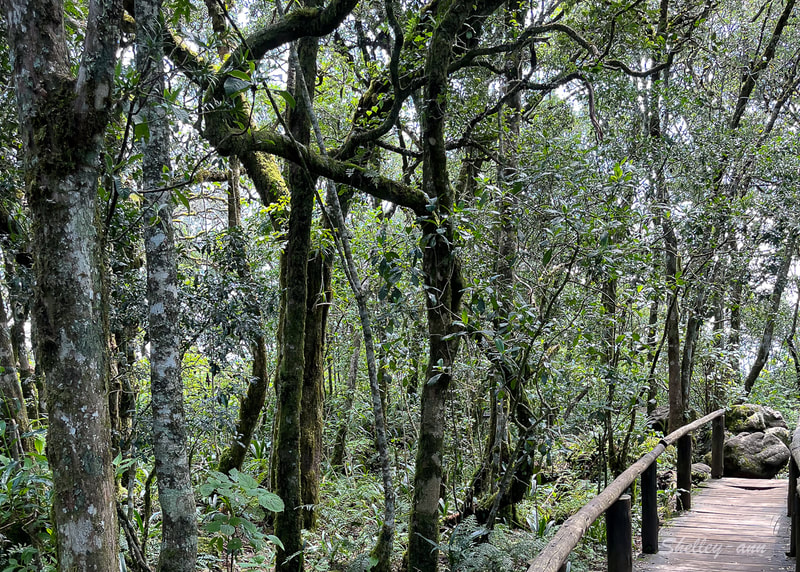
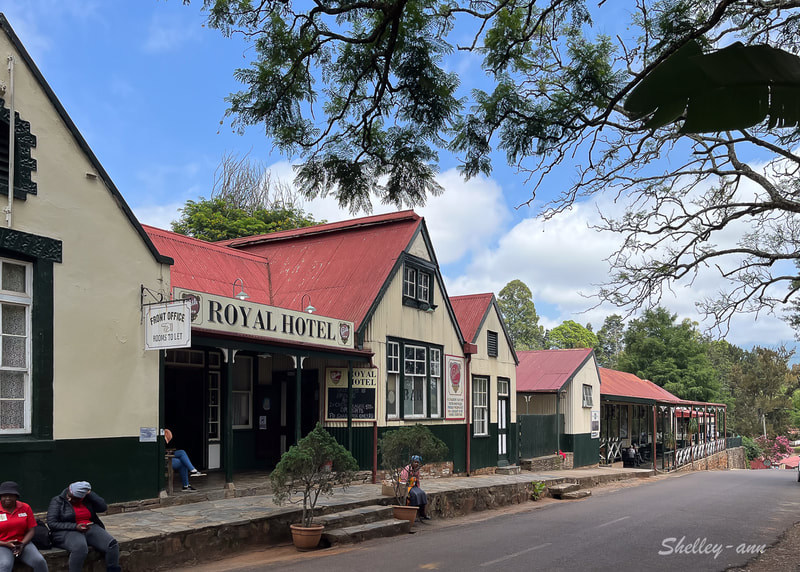
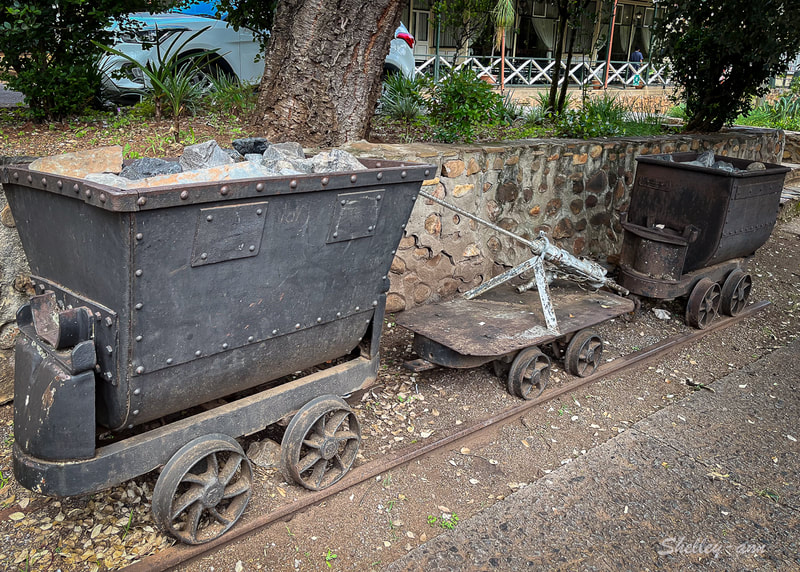
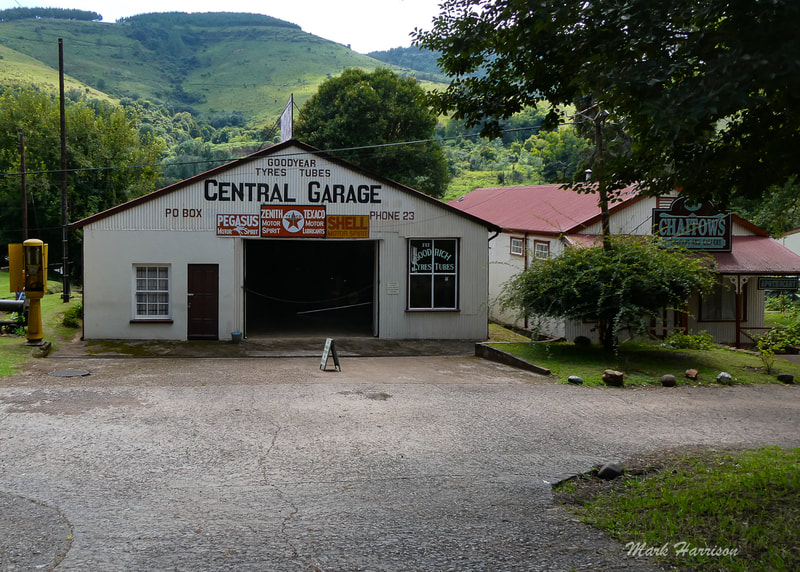
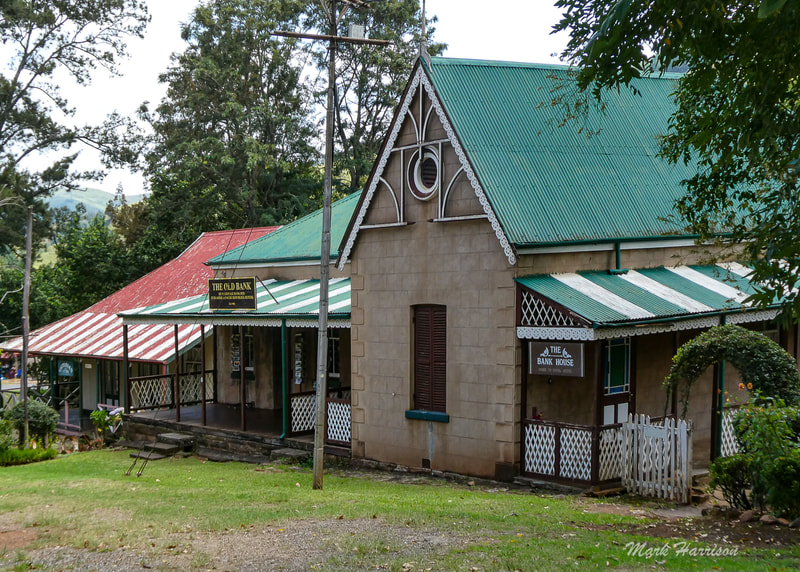

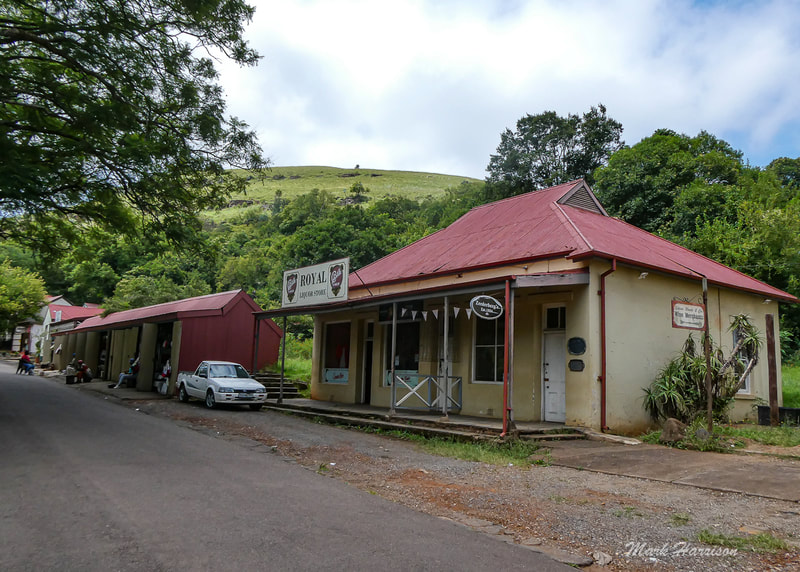
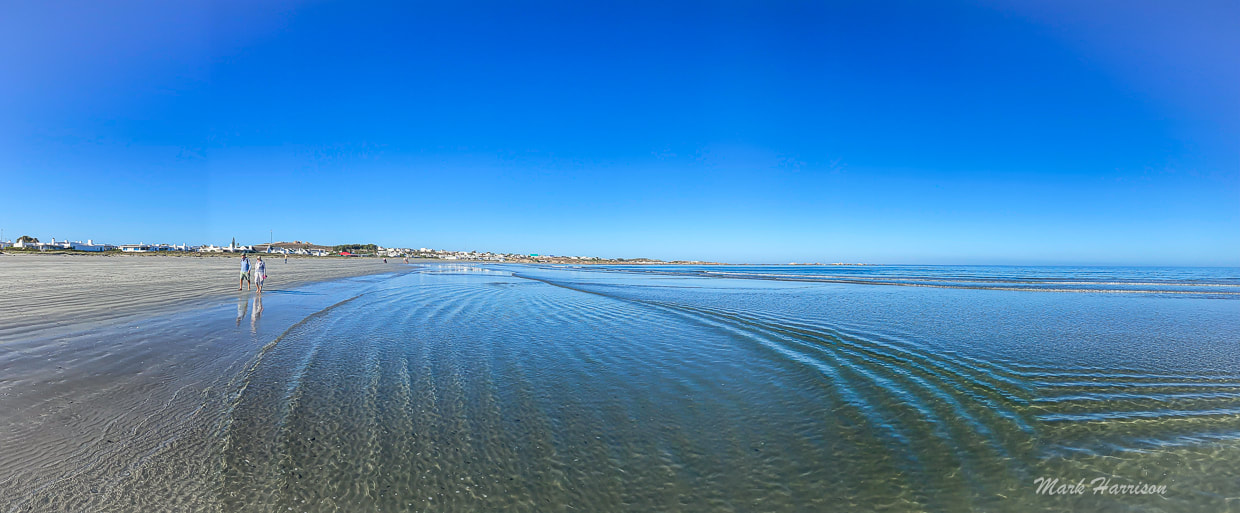

 RSS Feed
RSS Feed